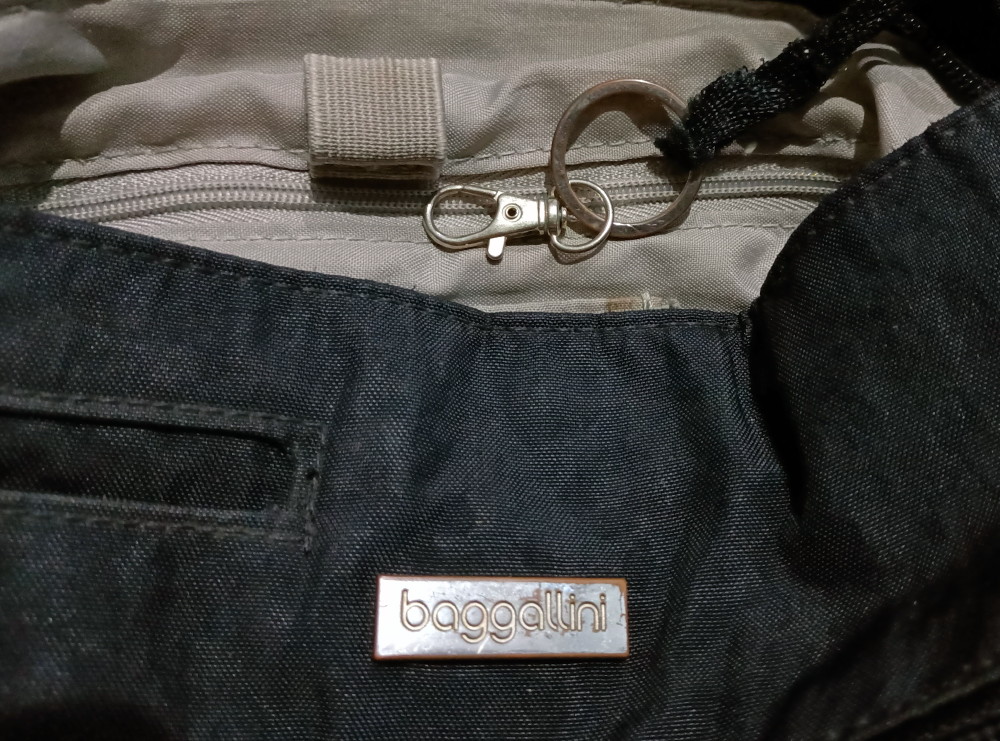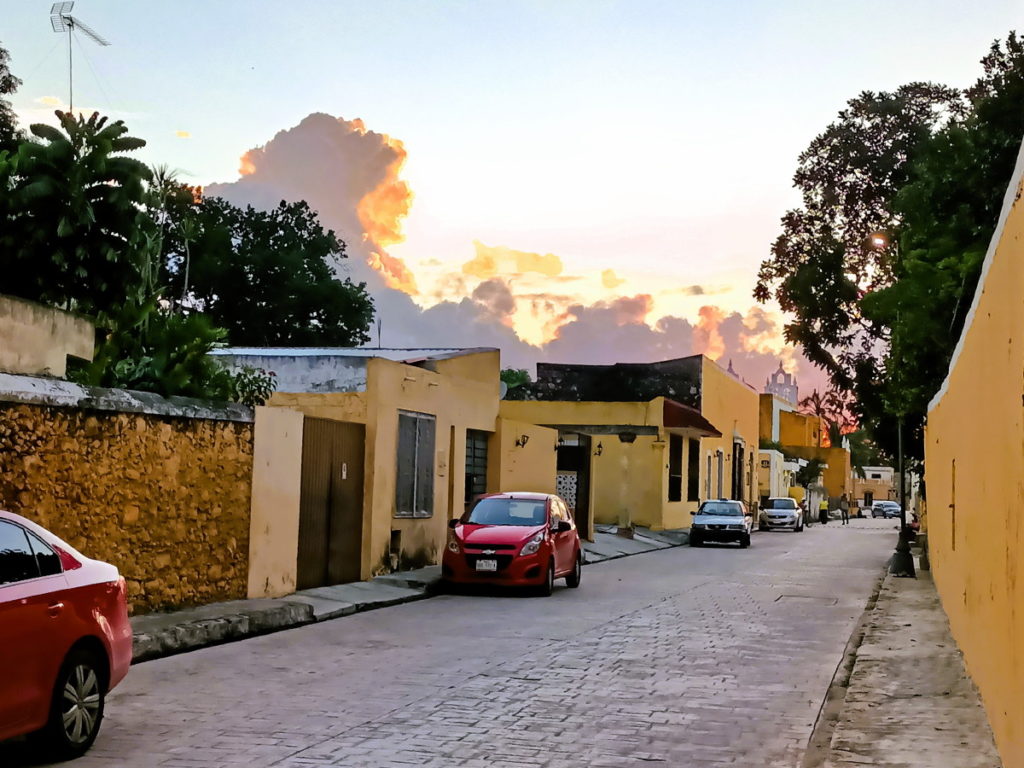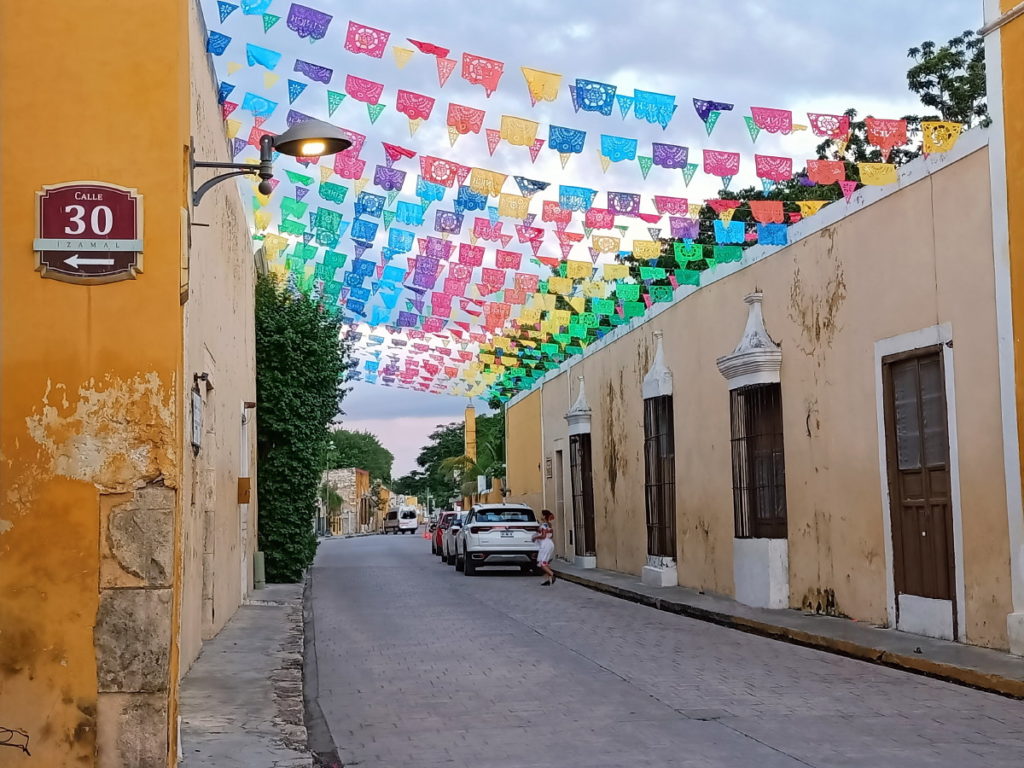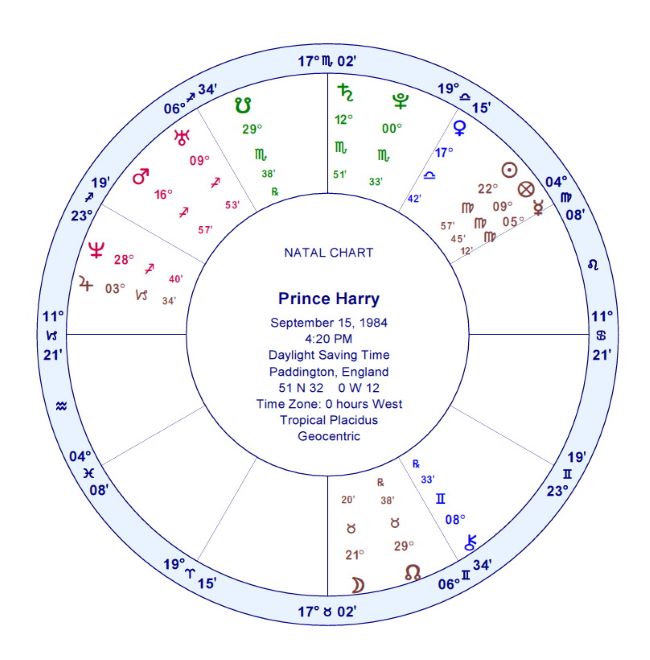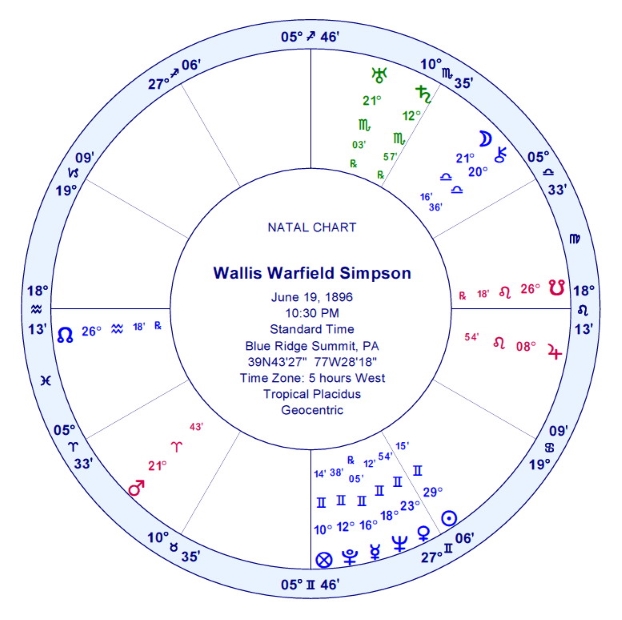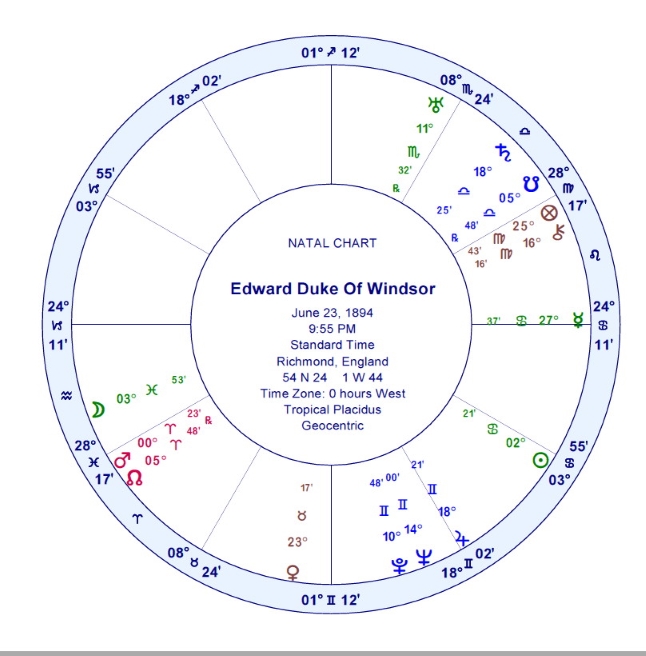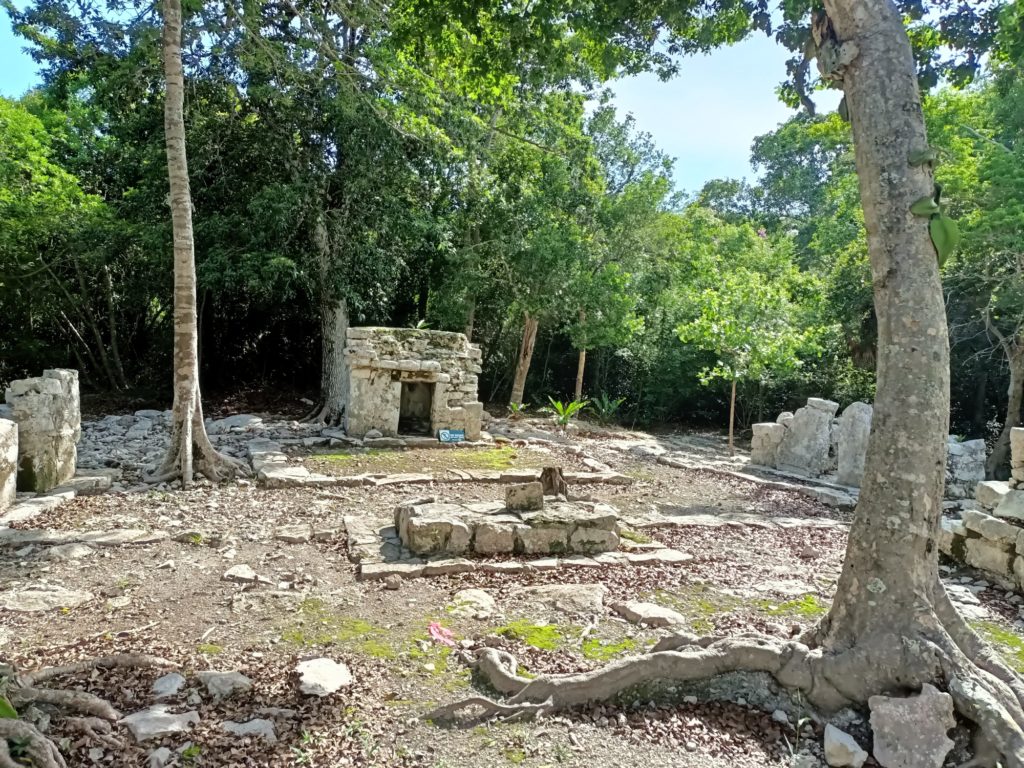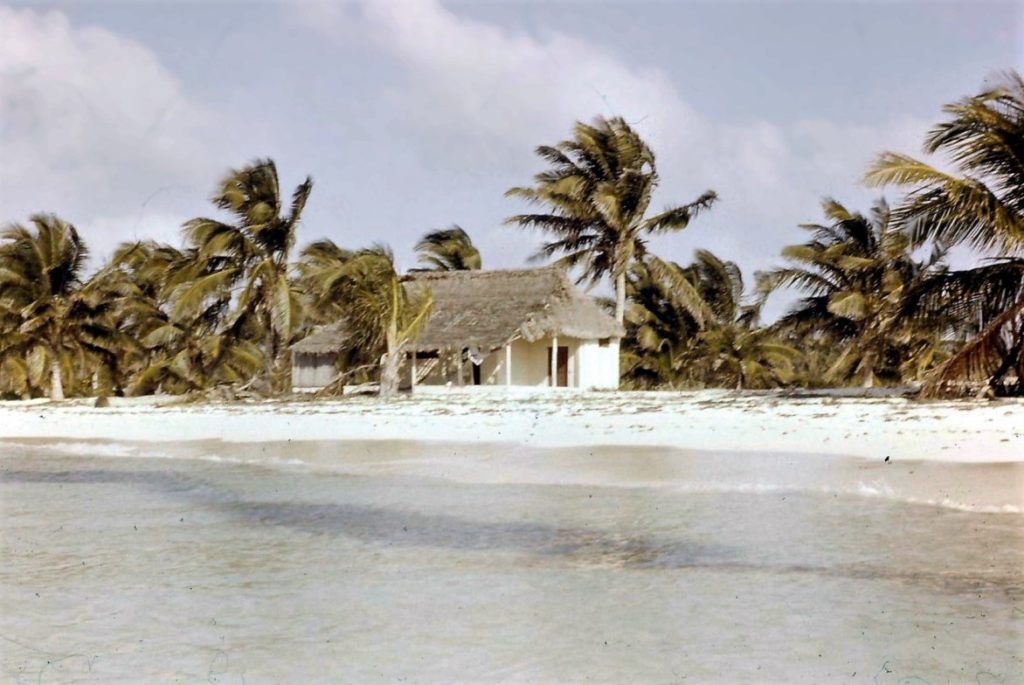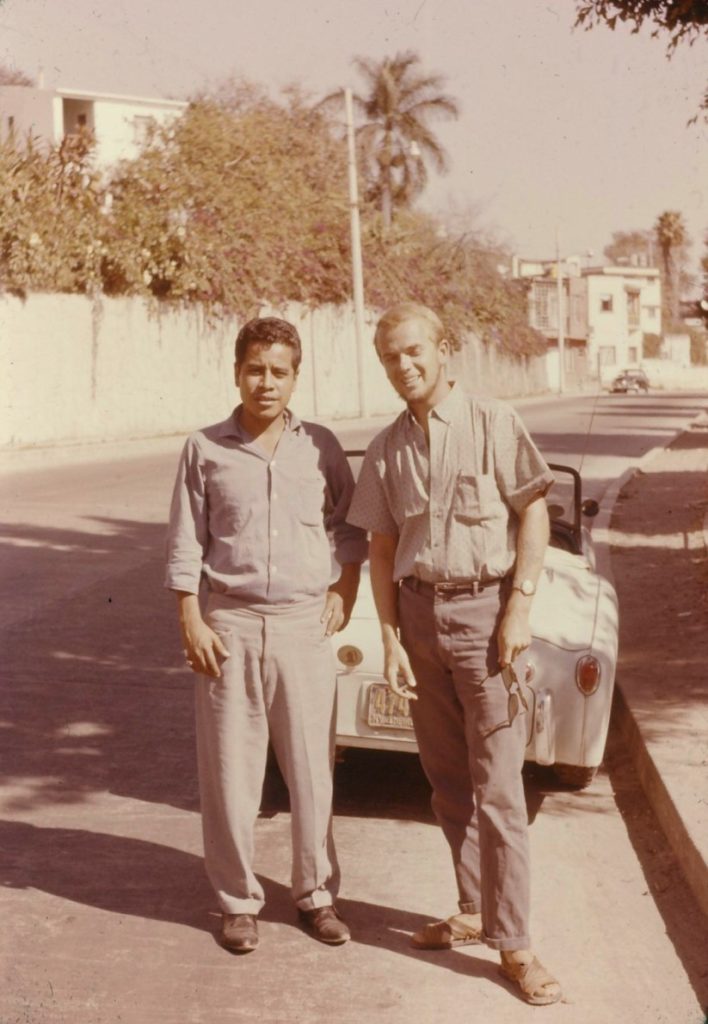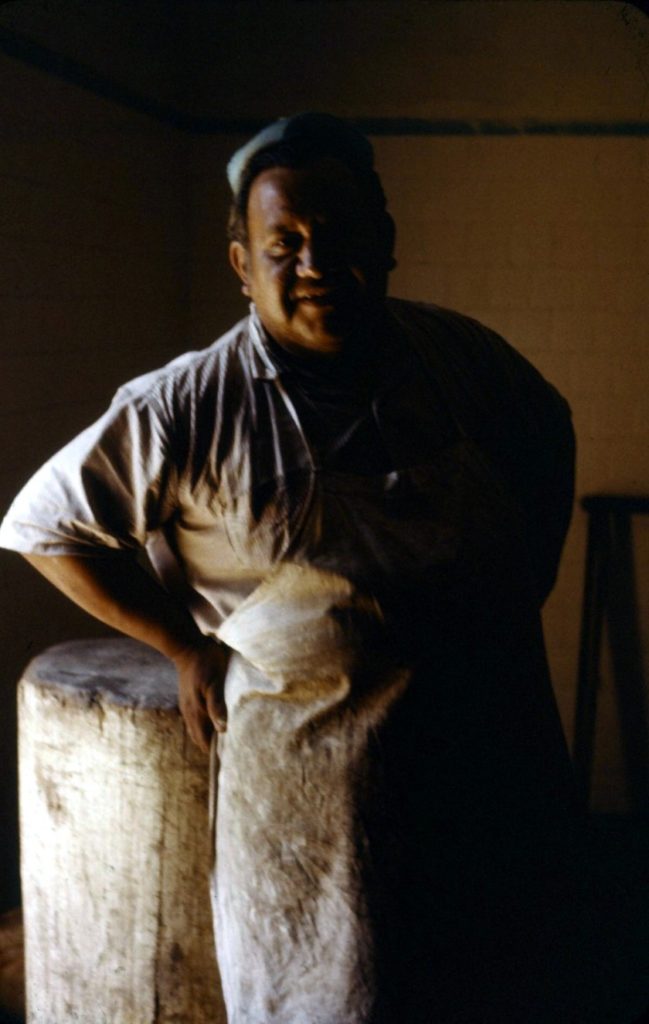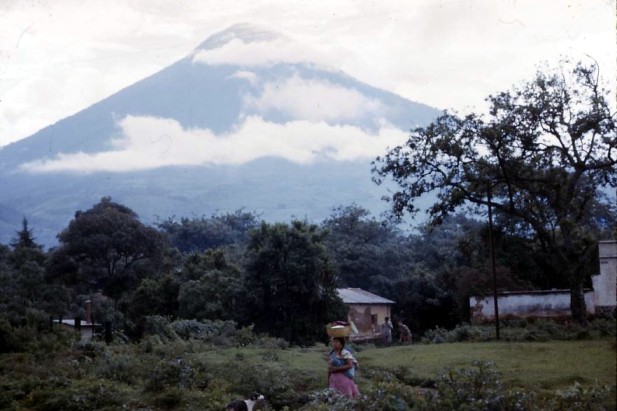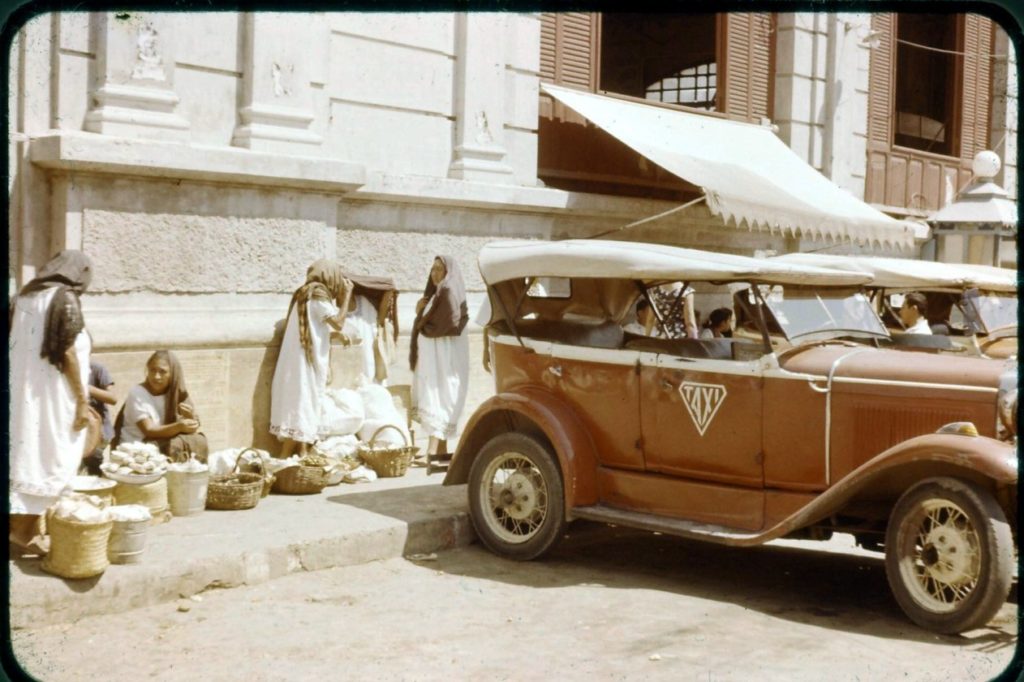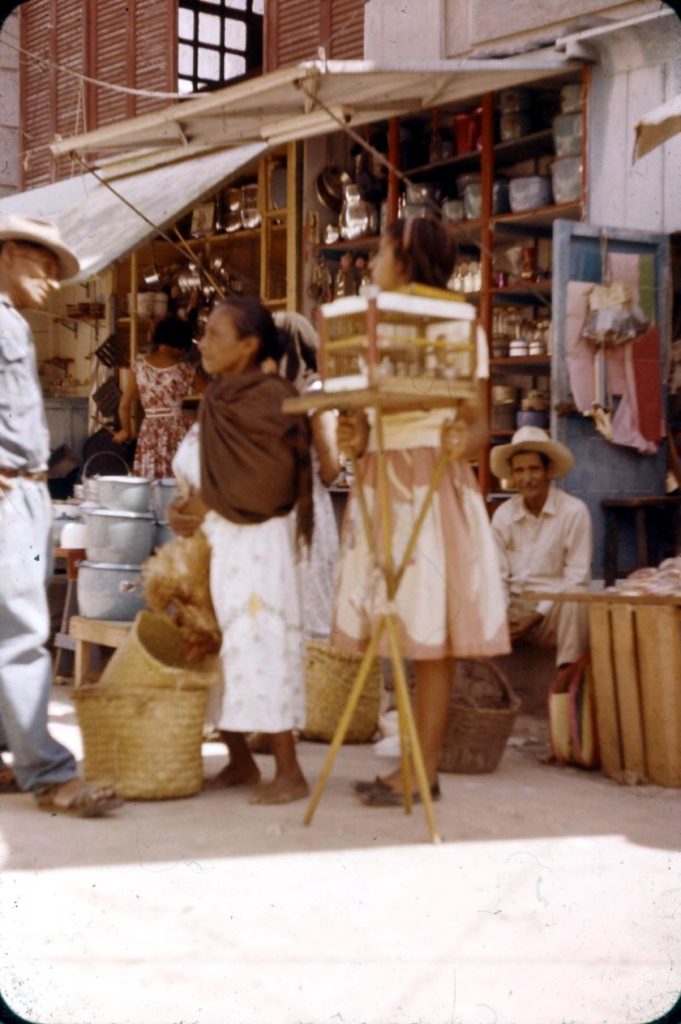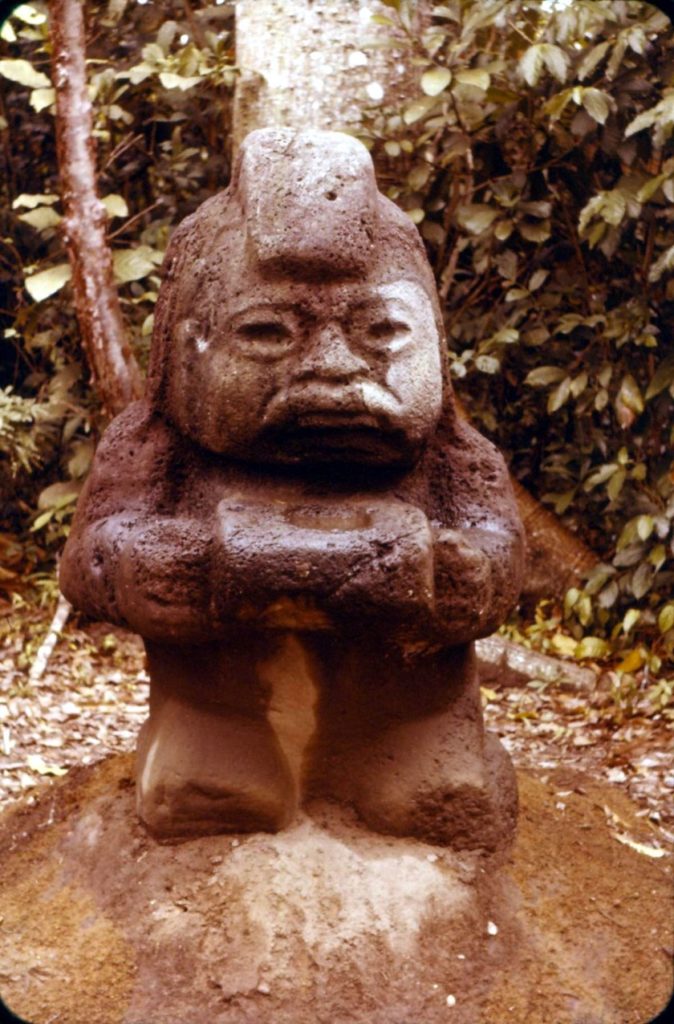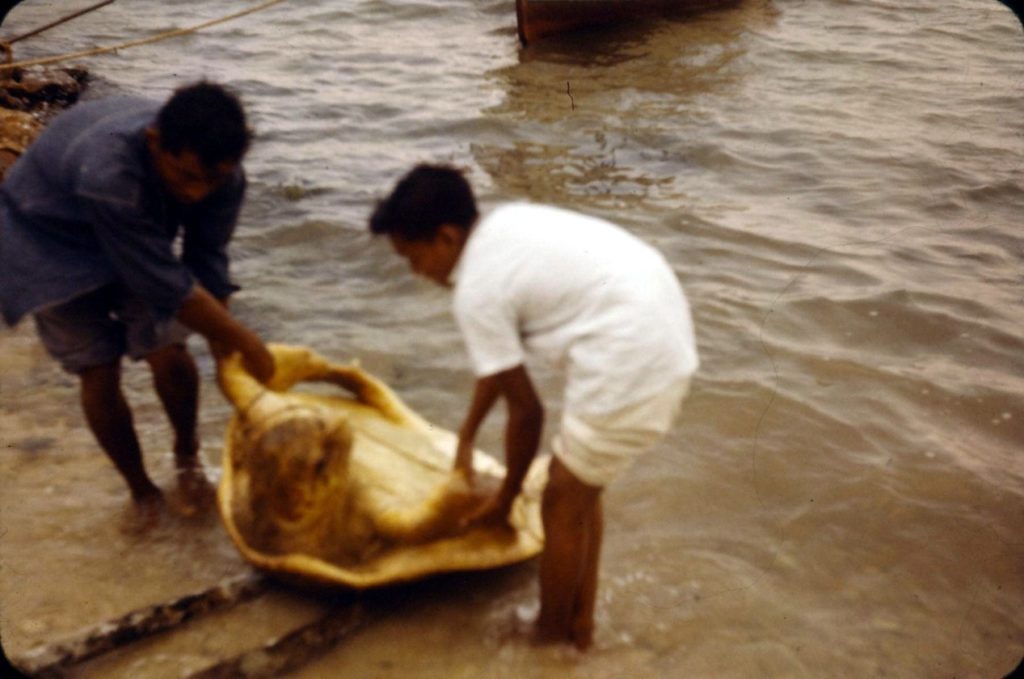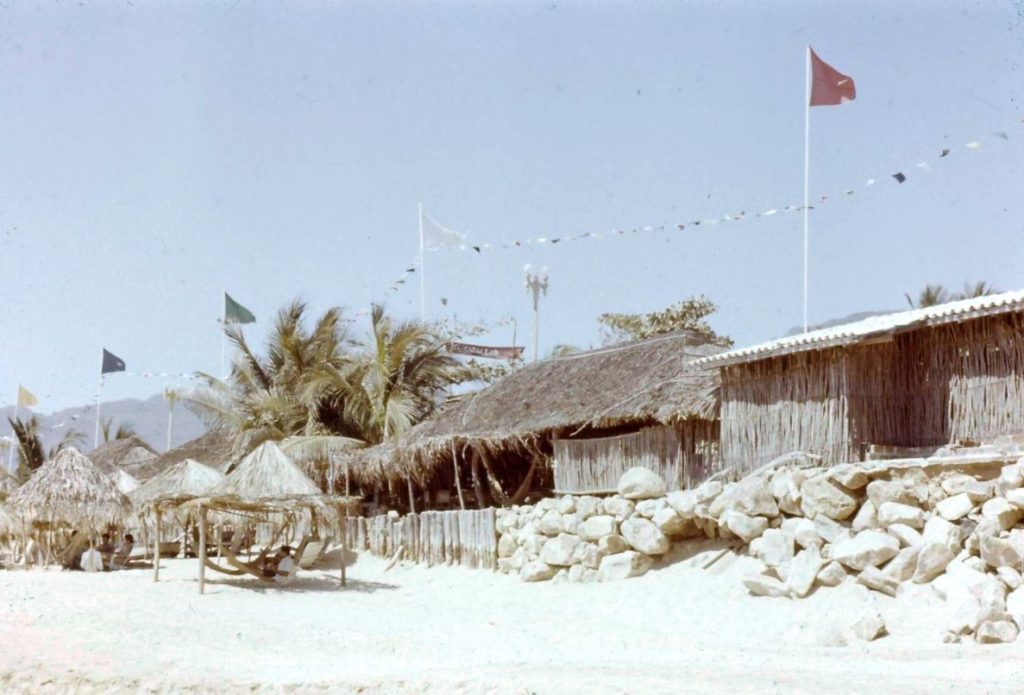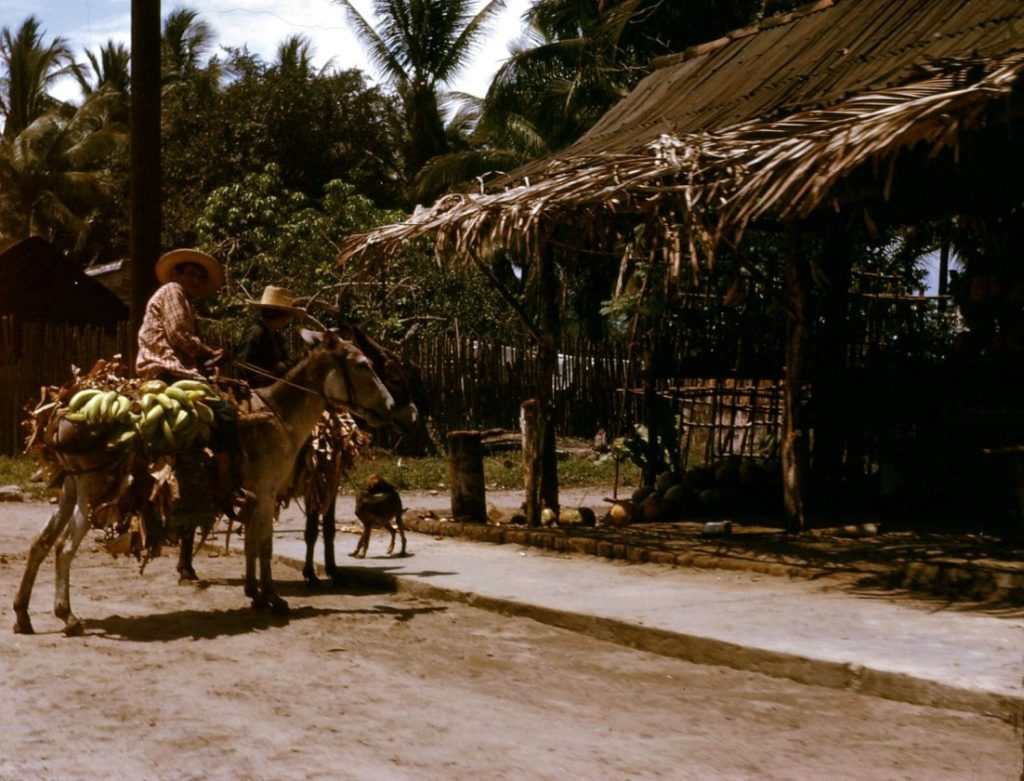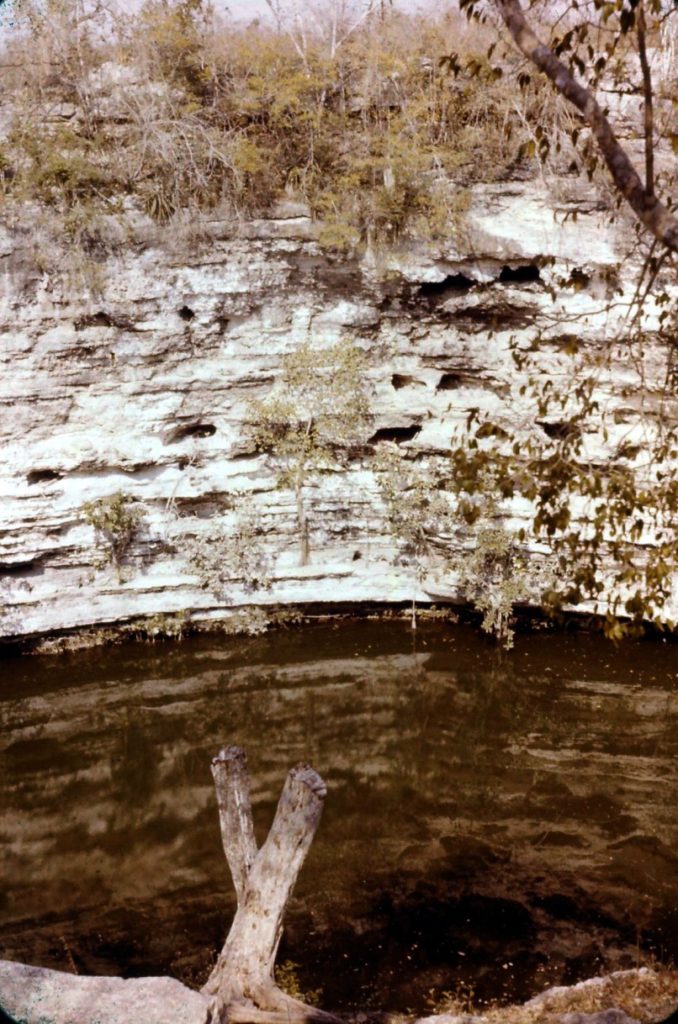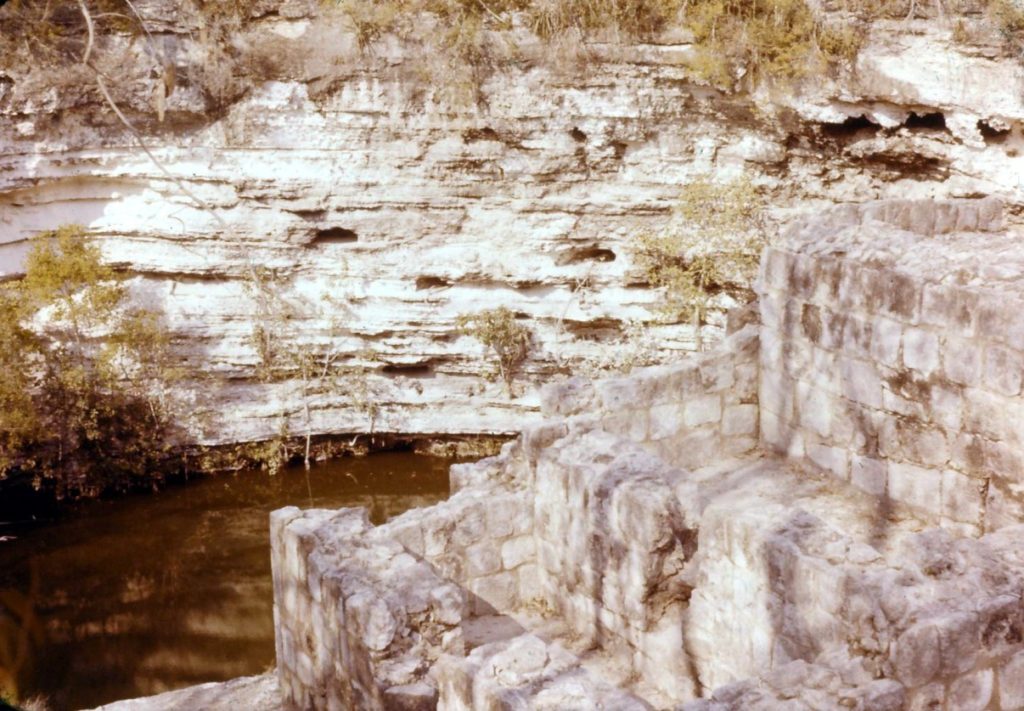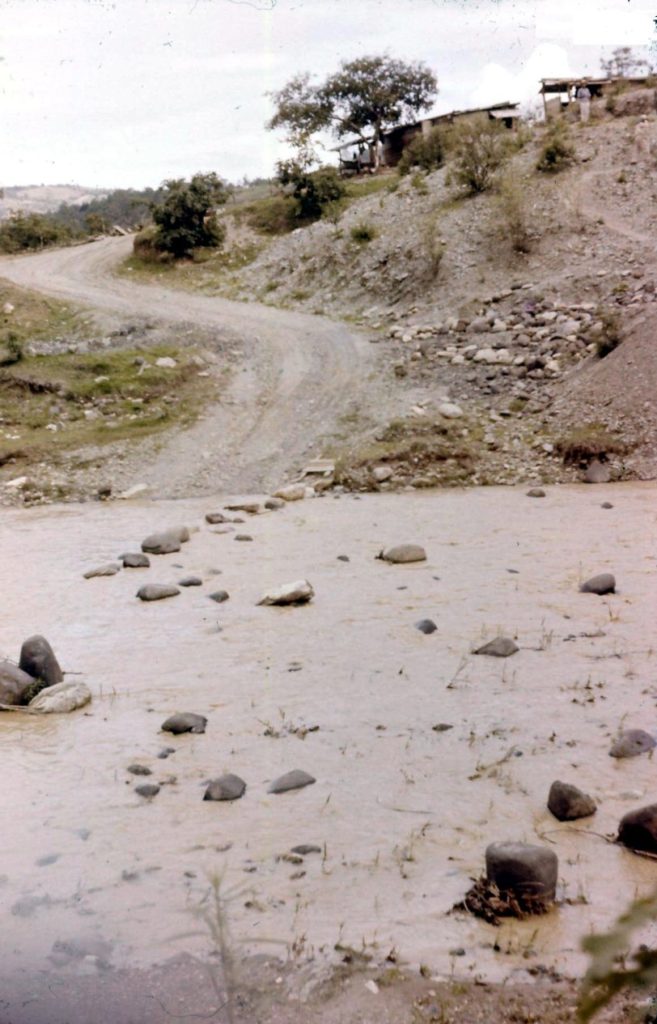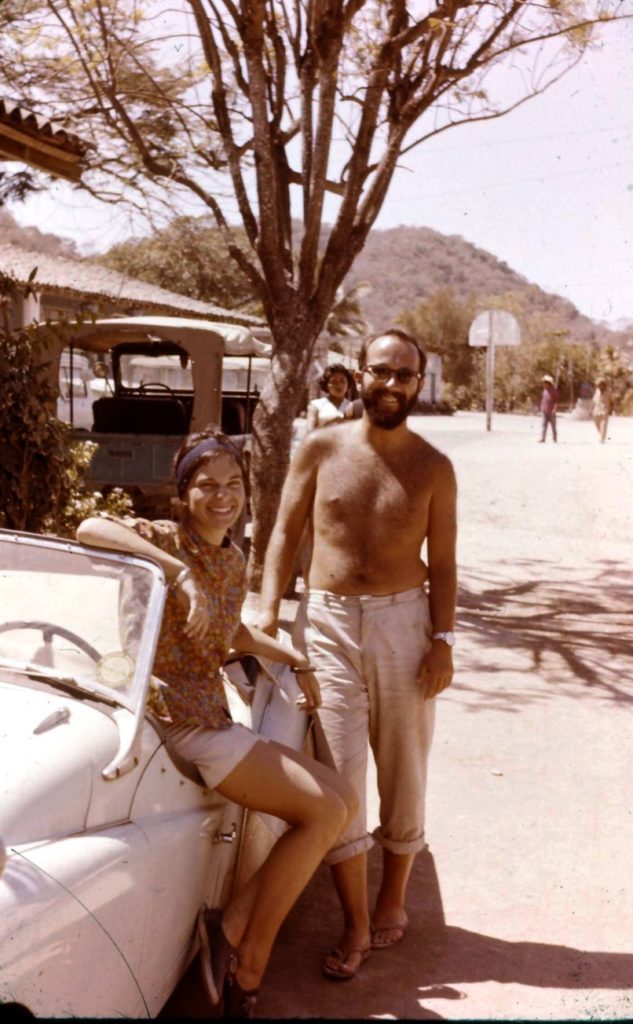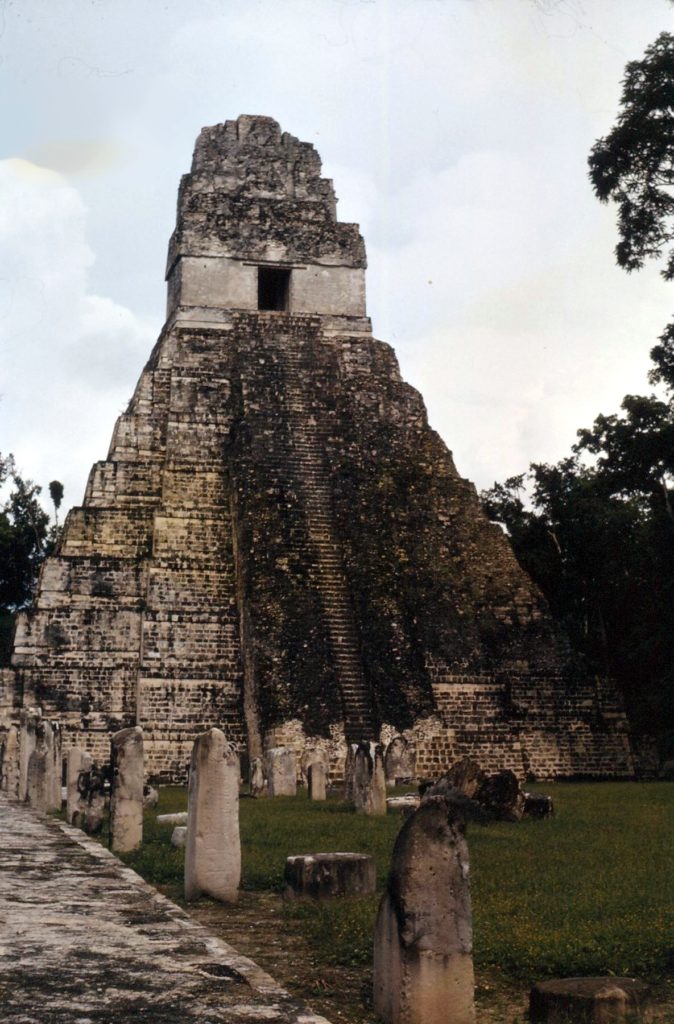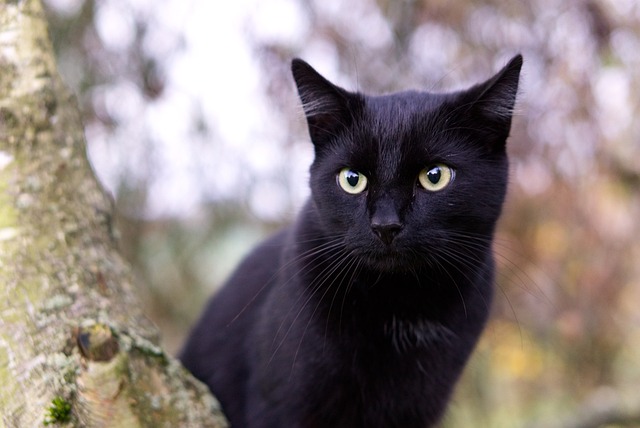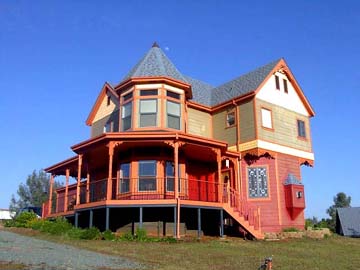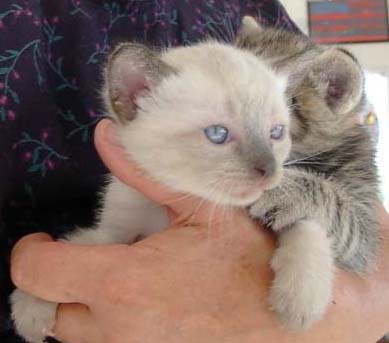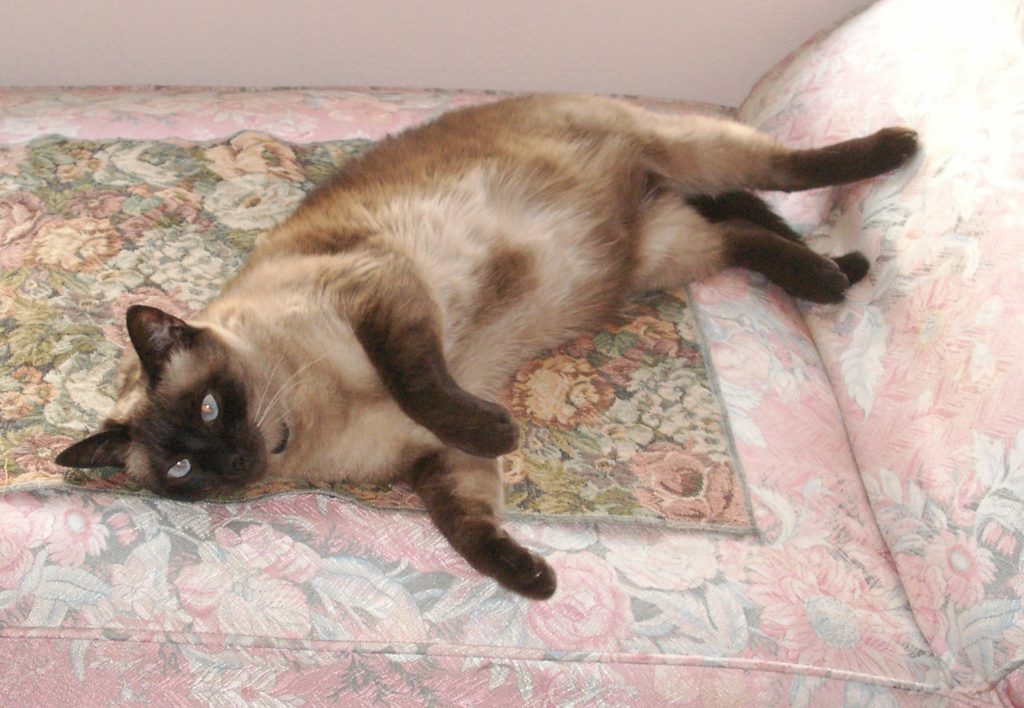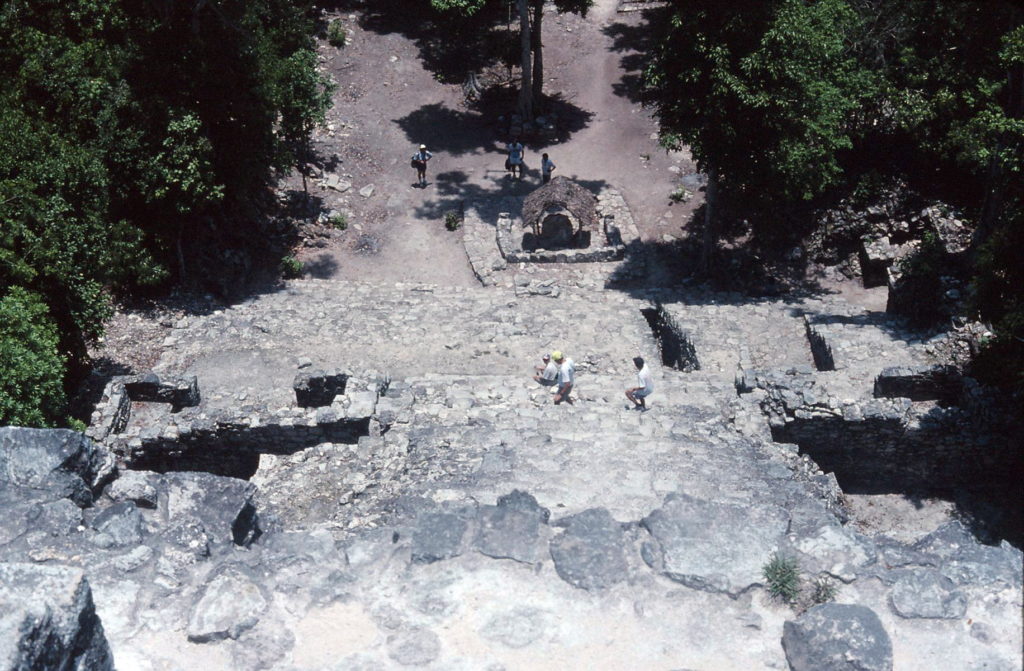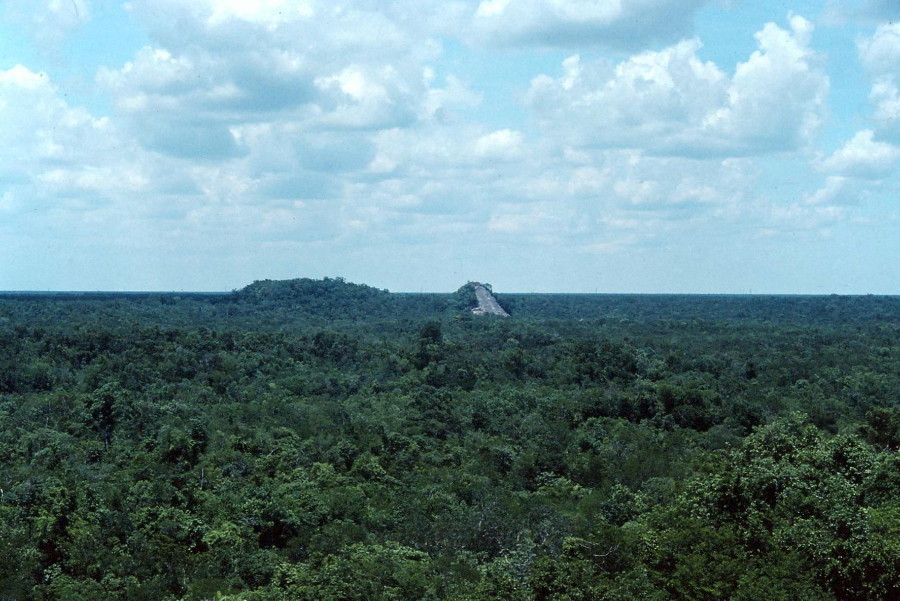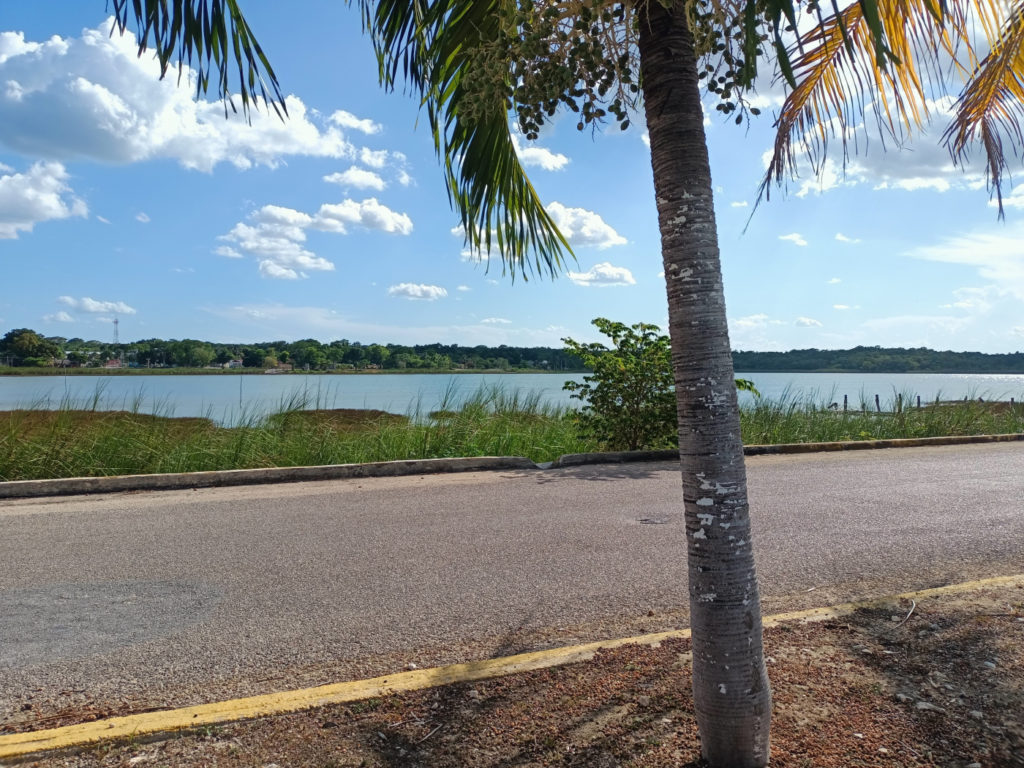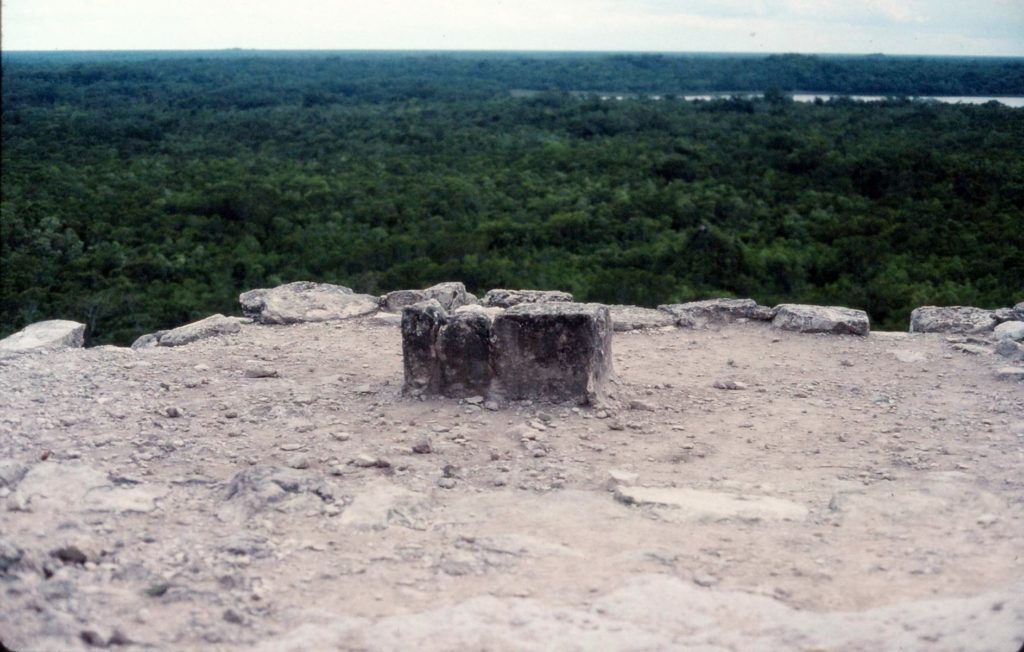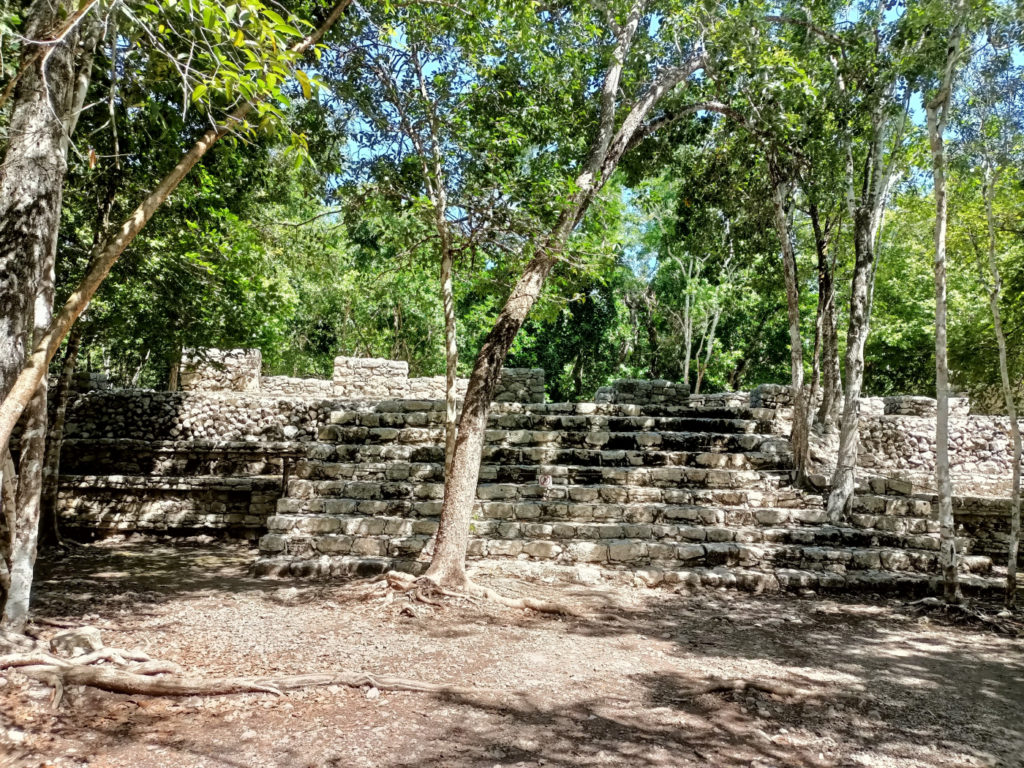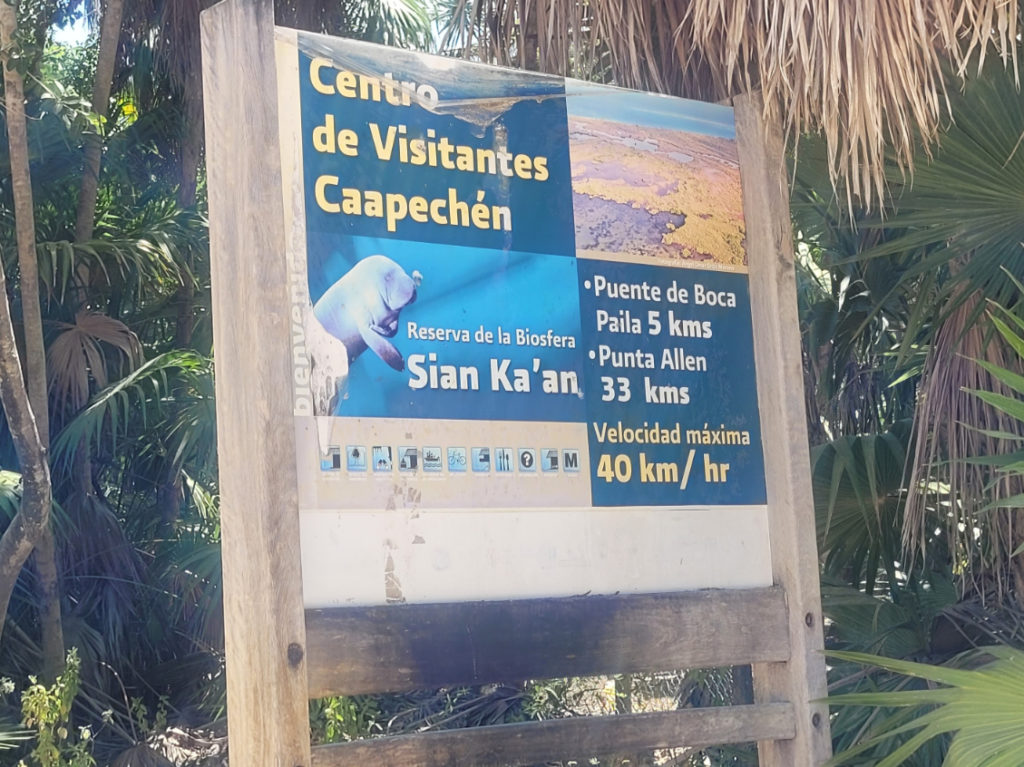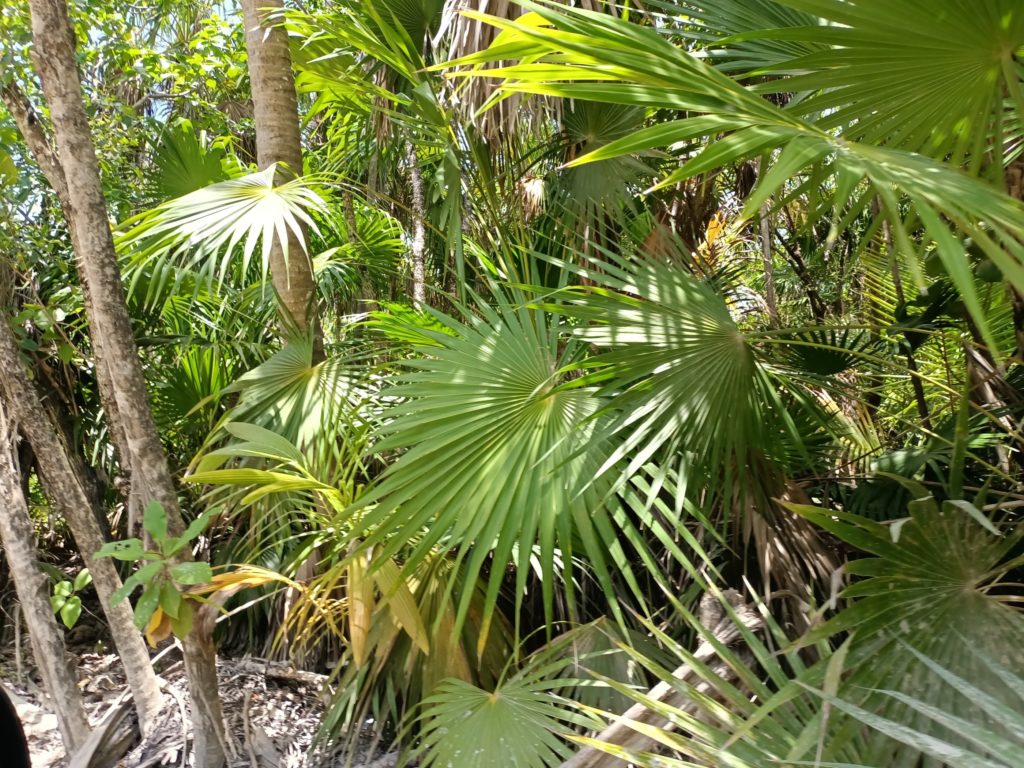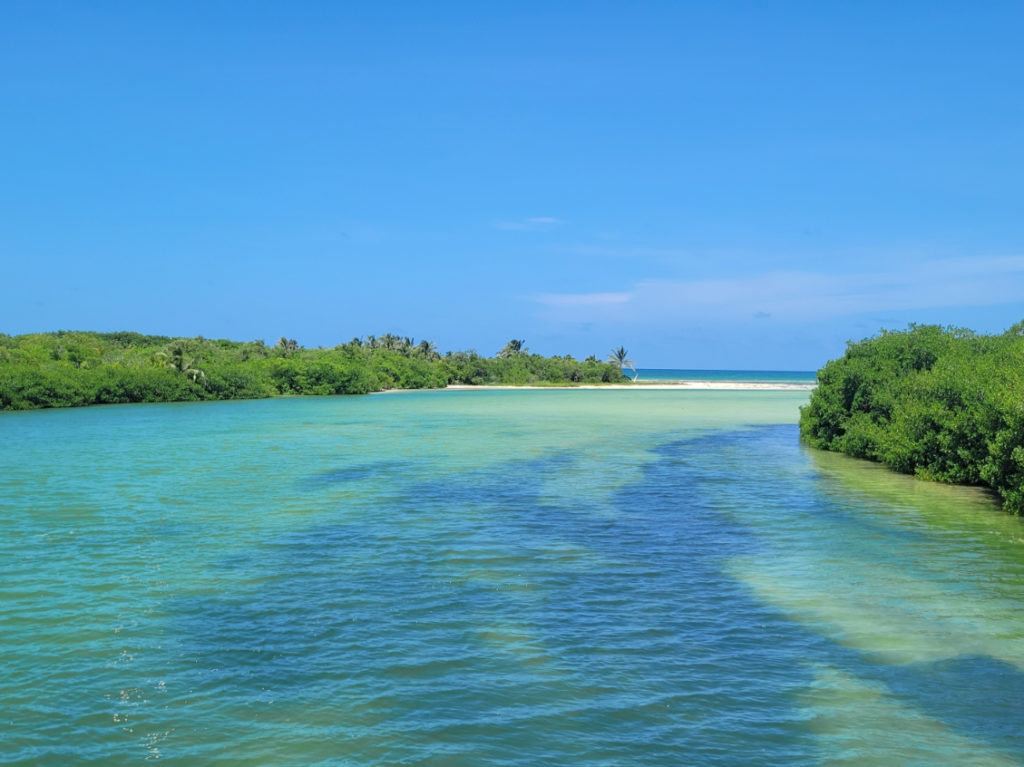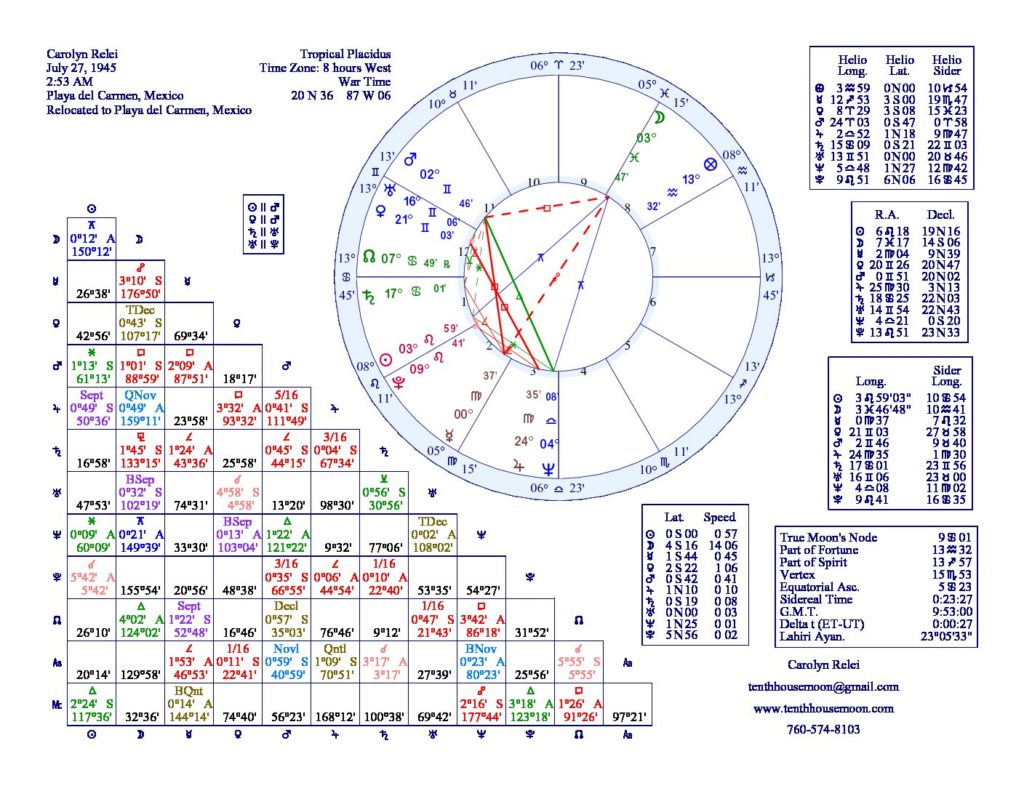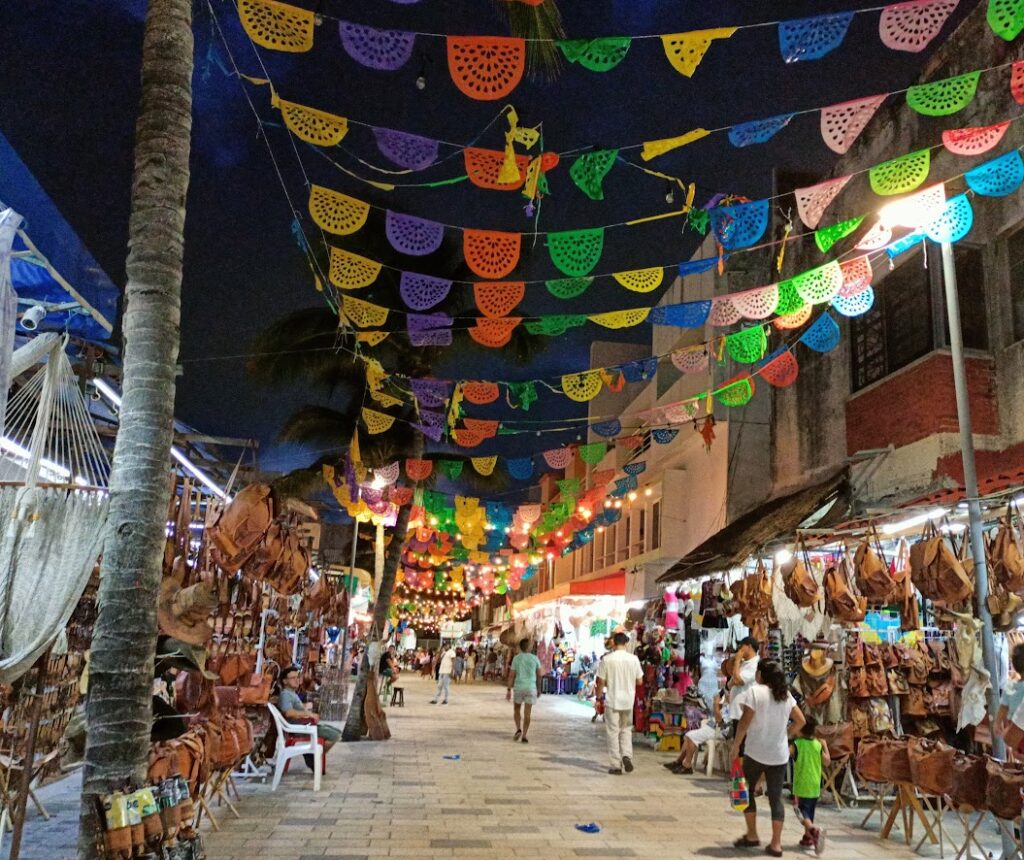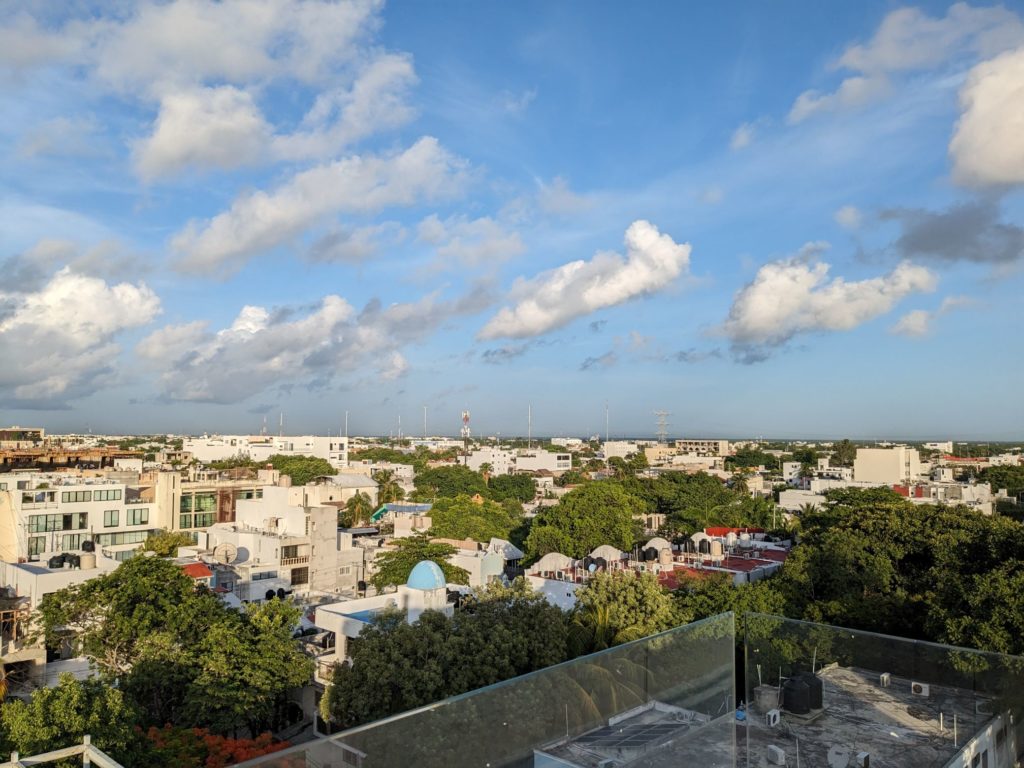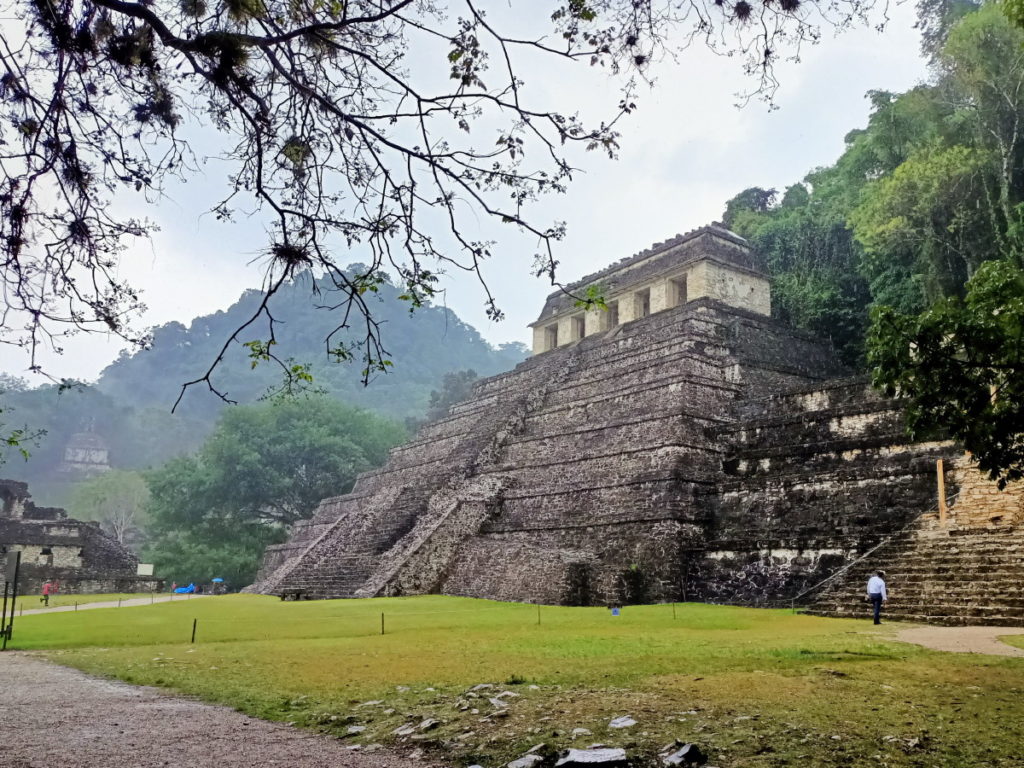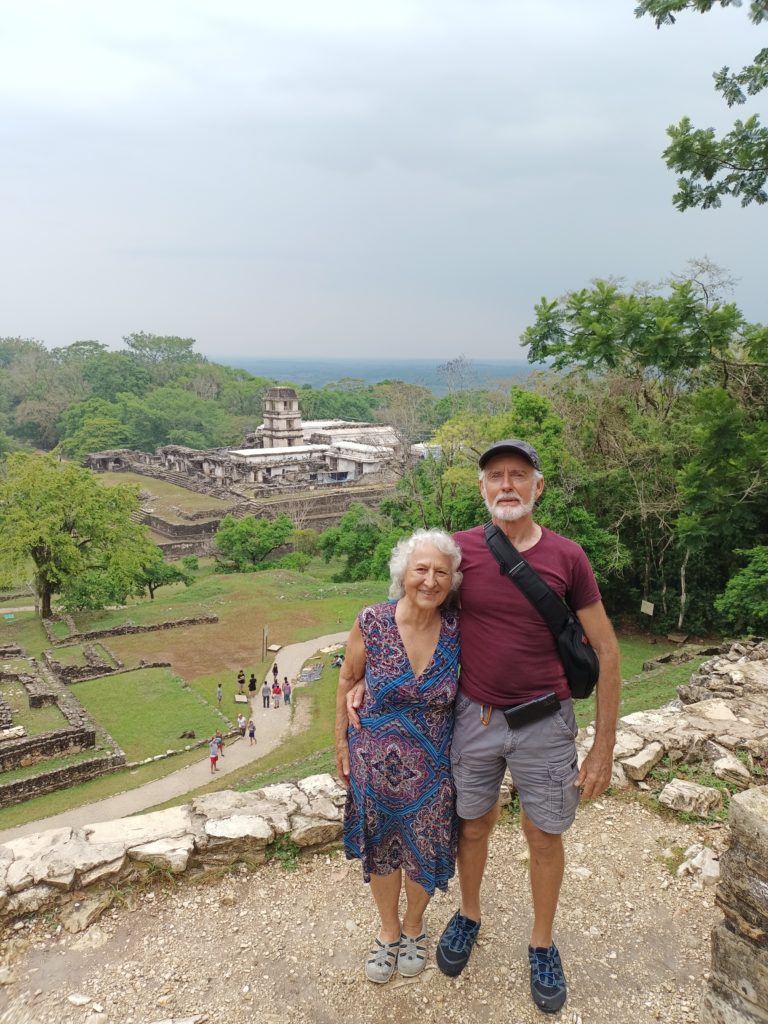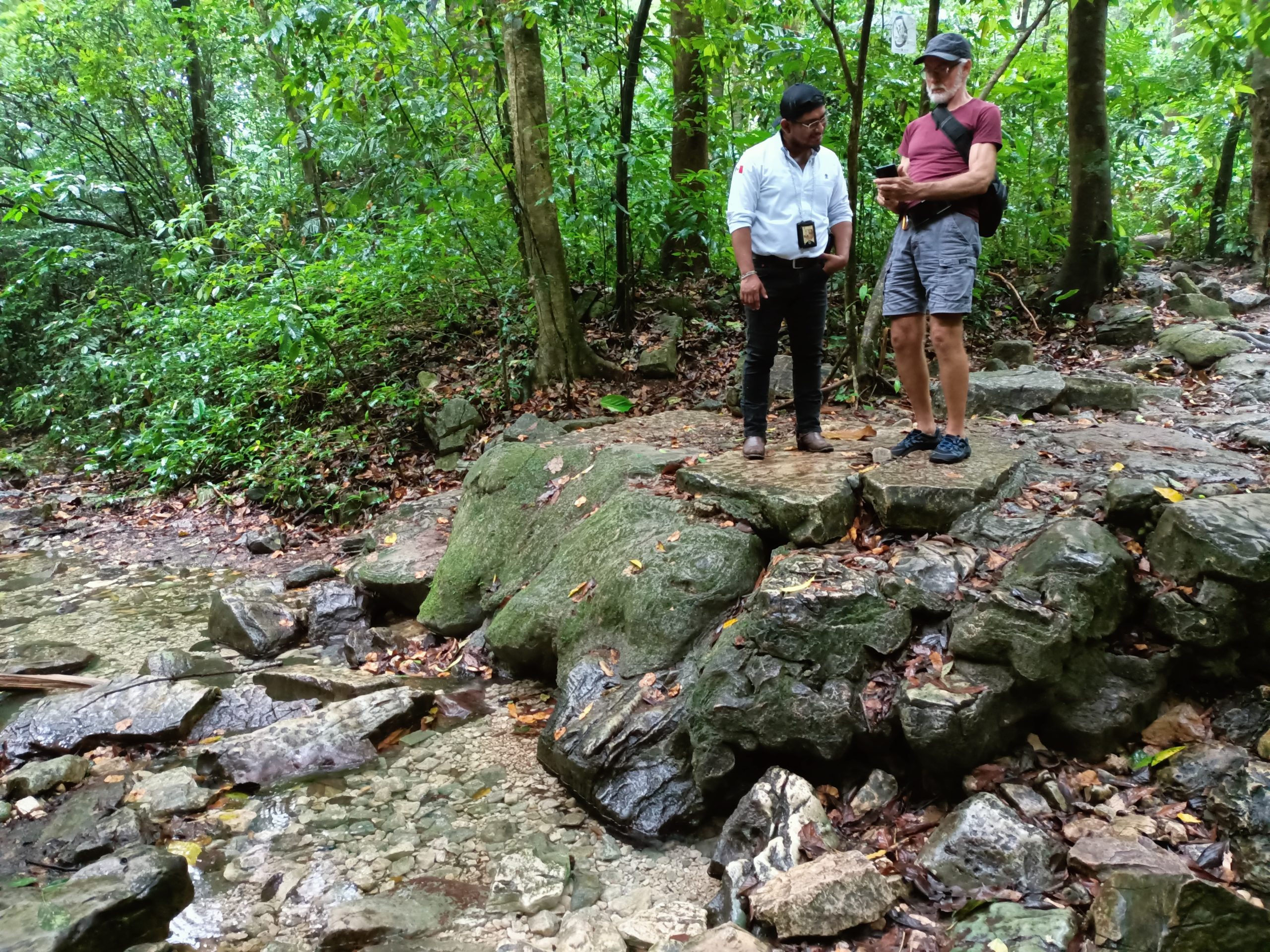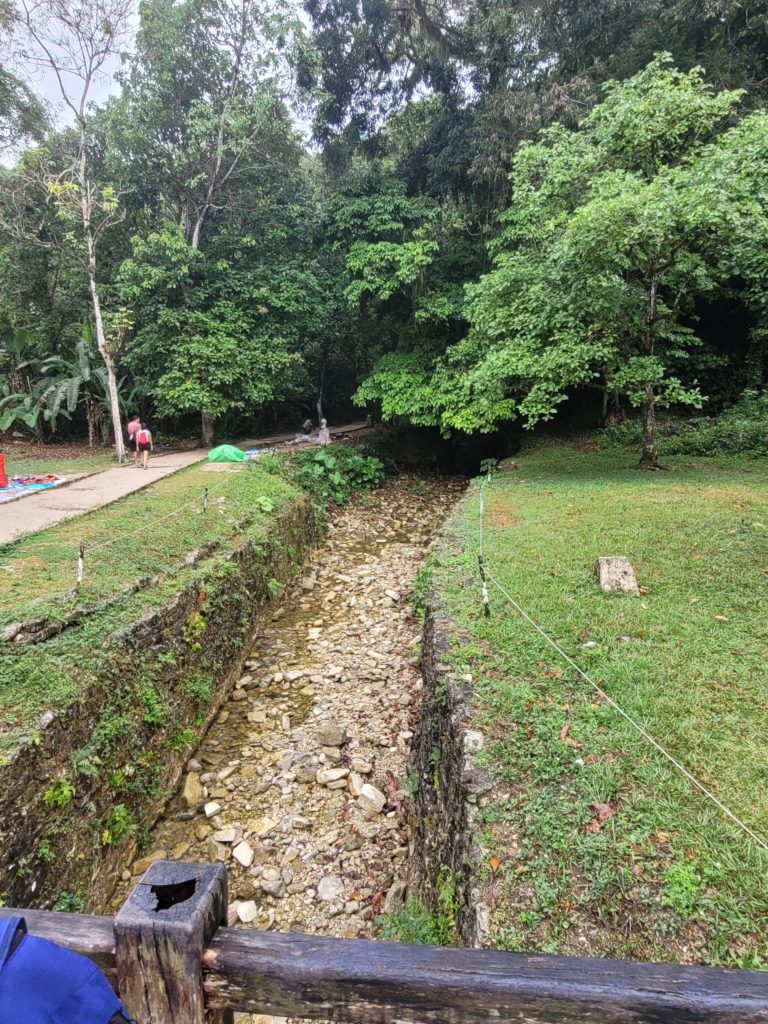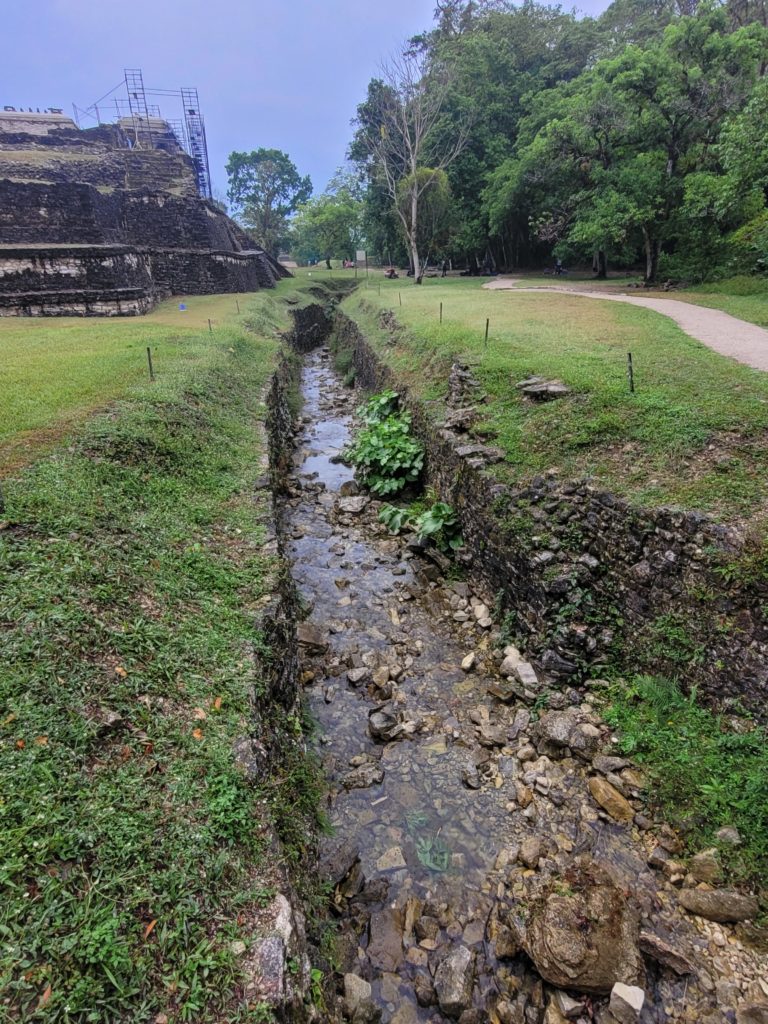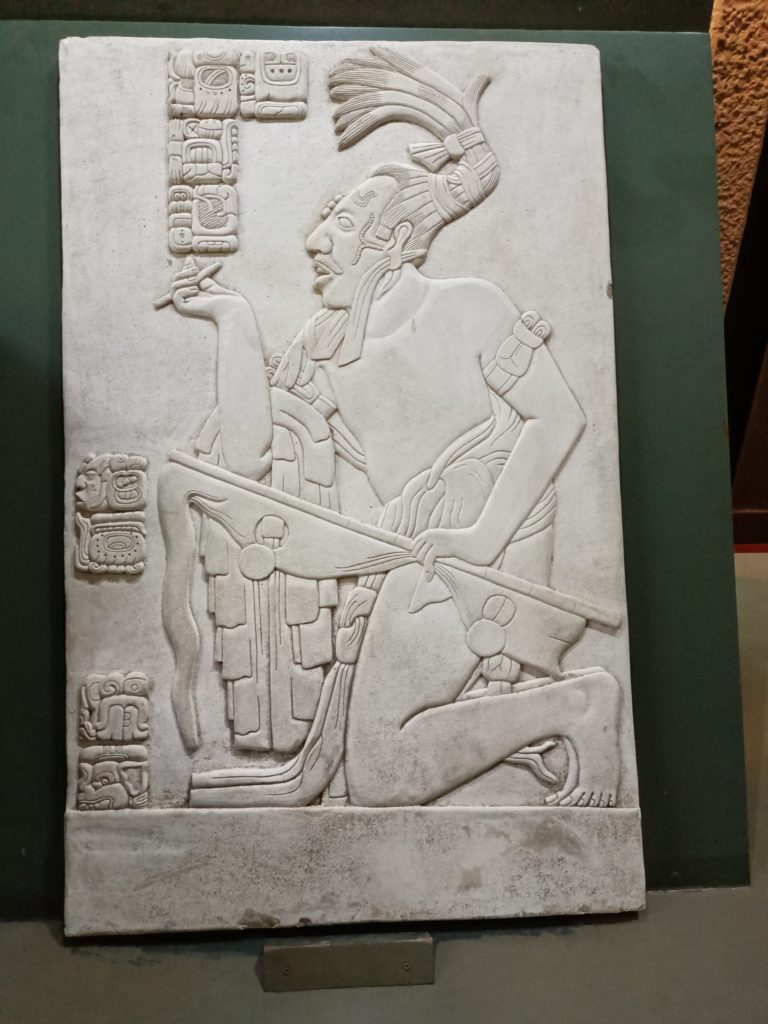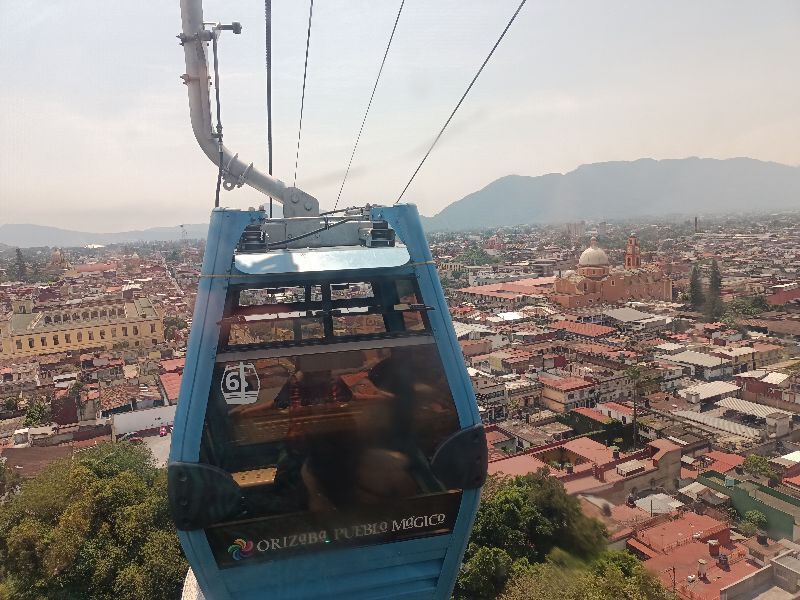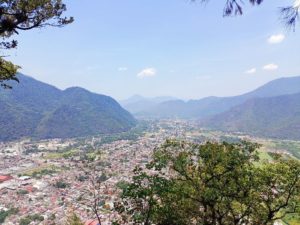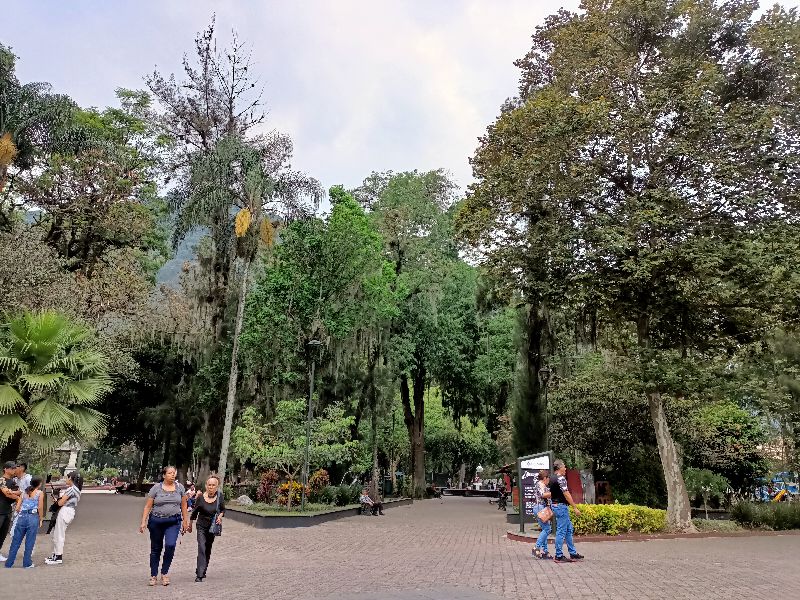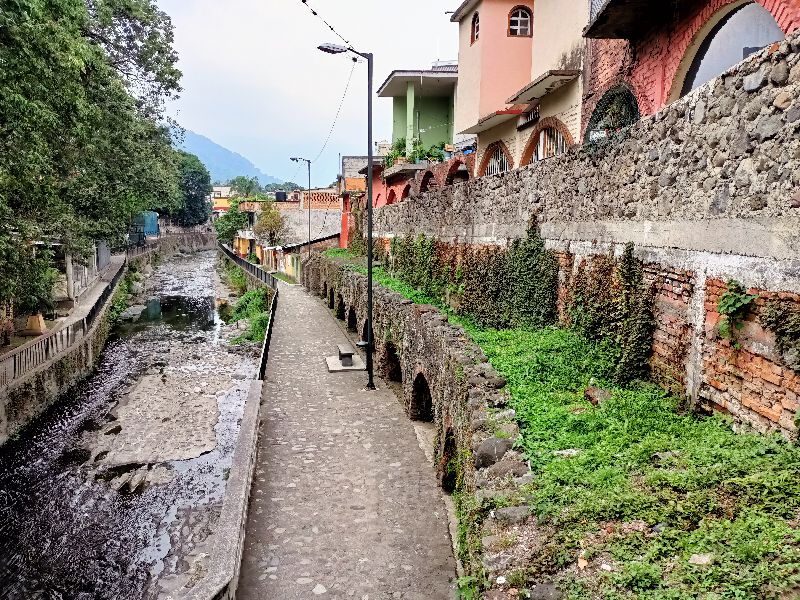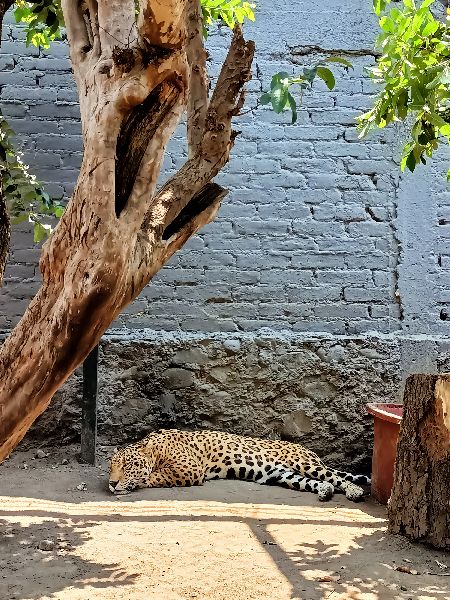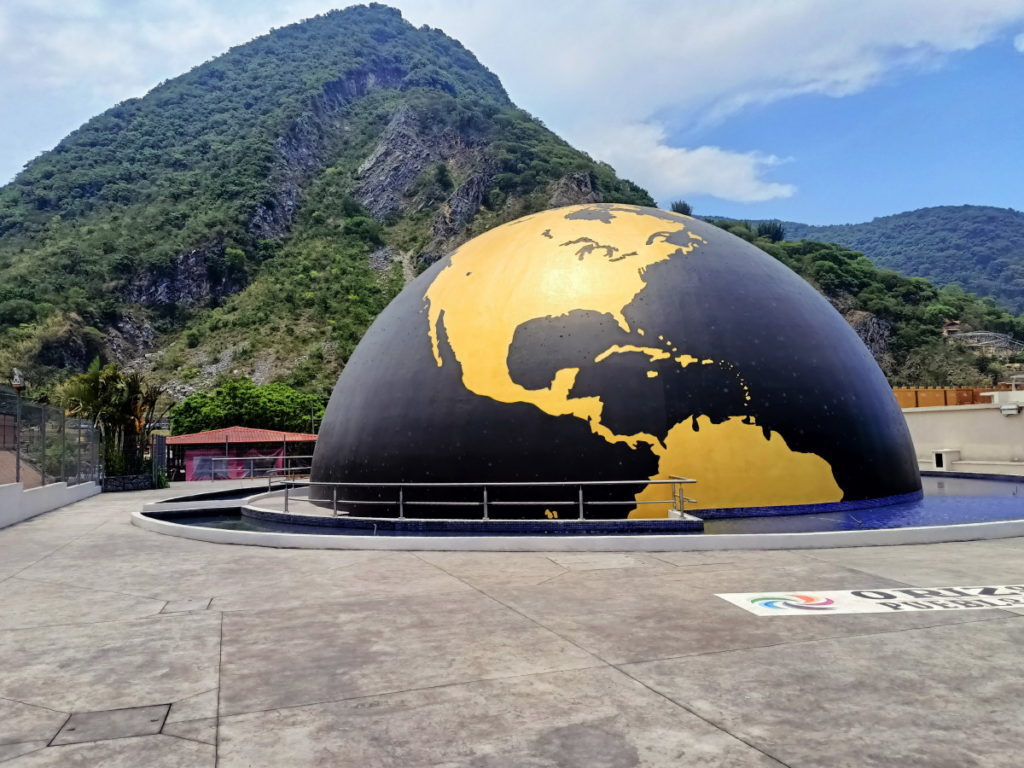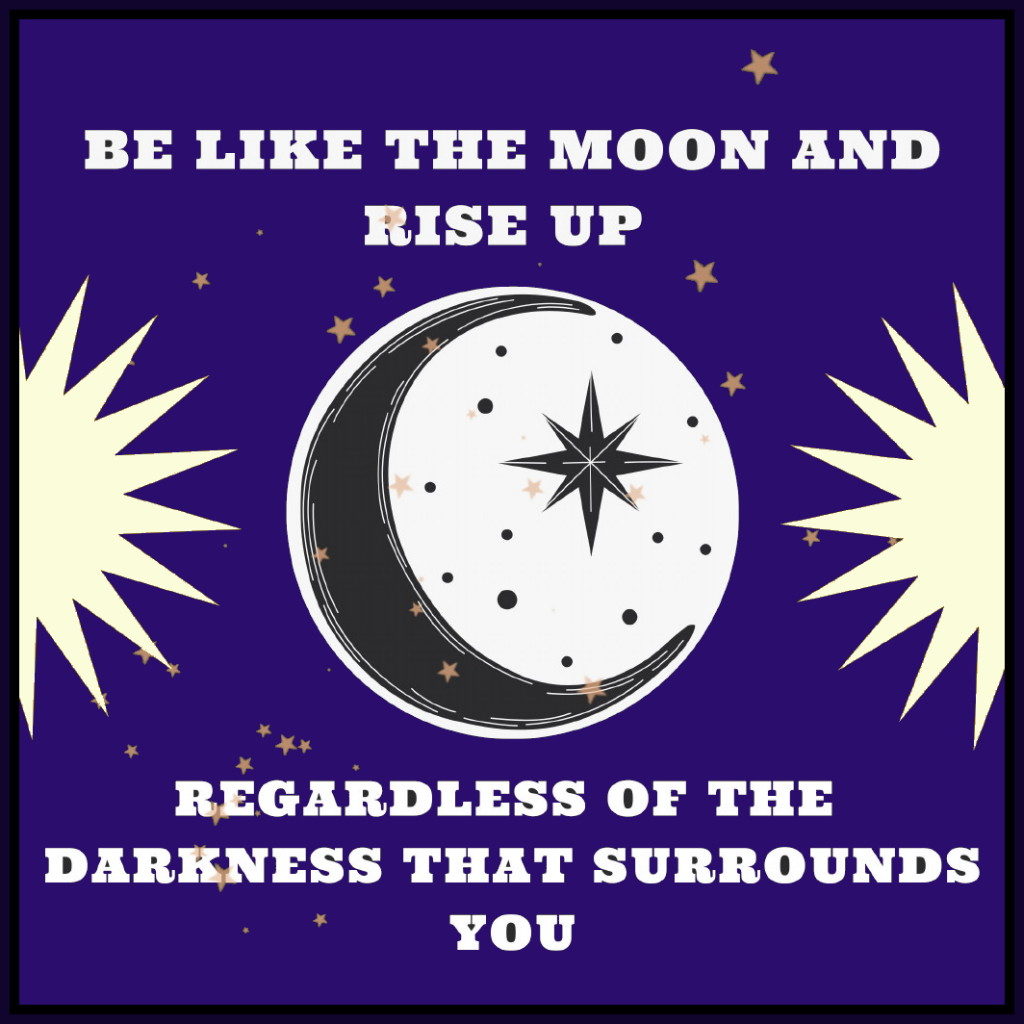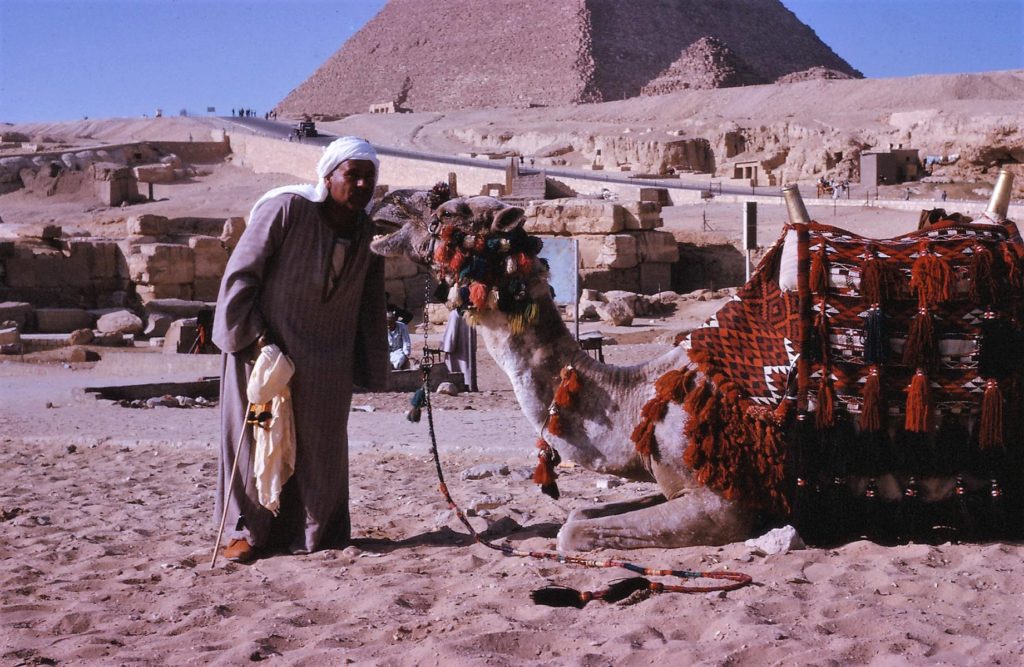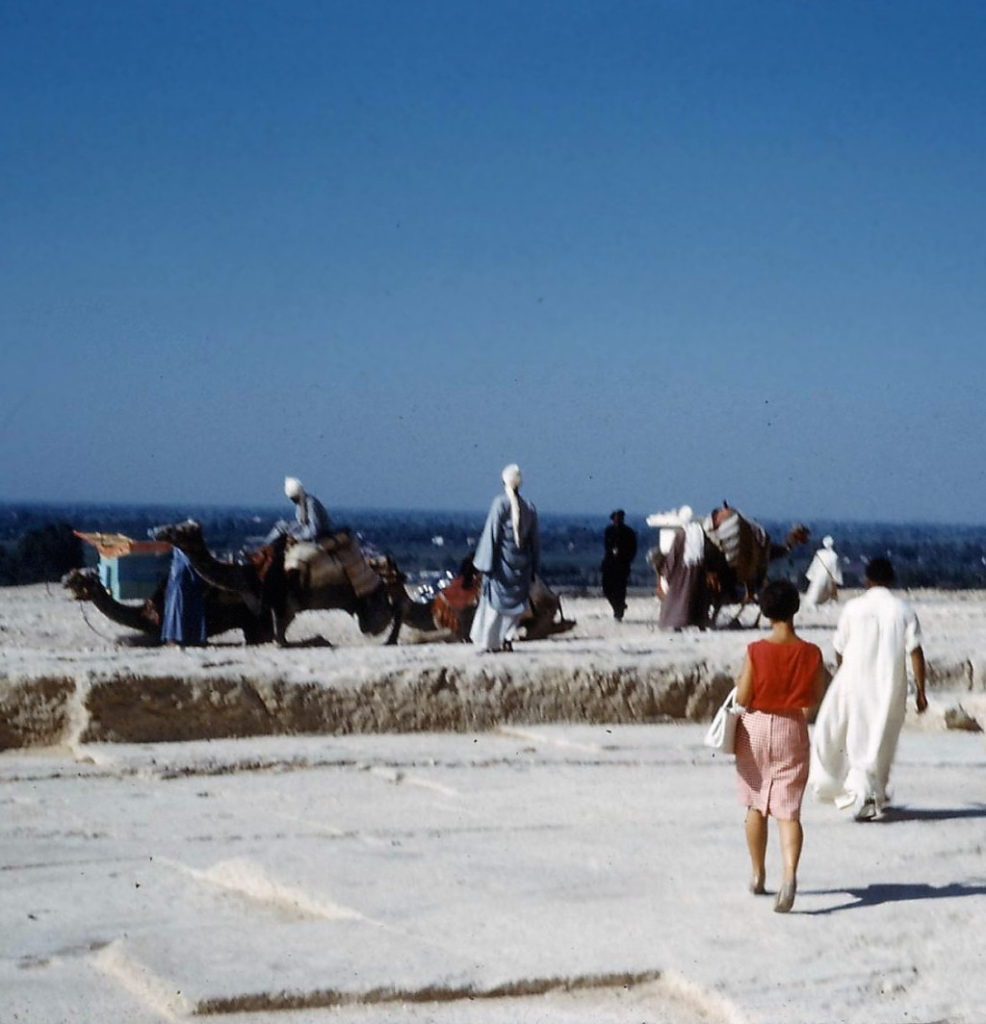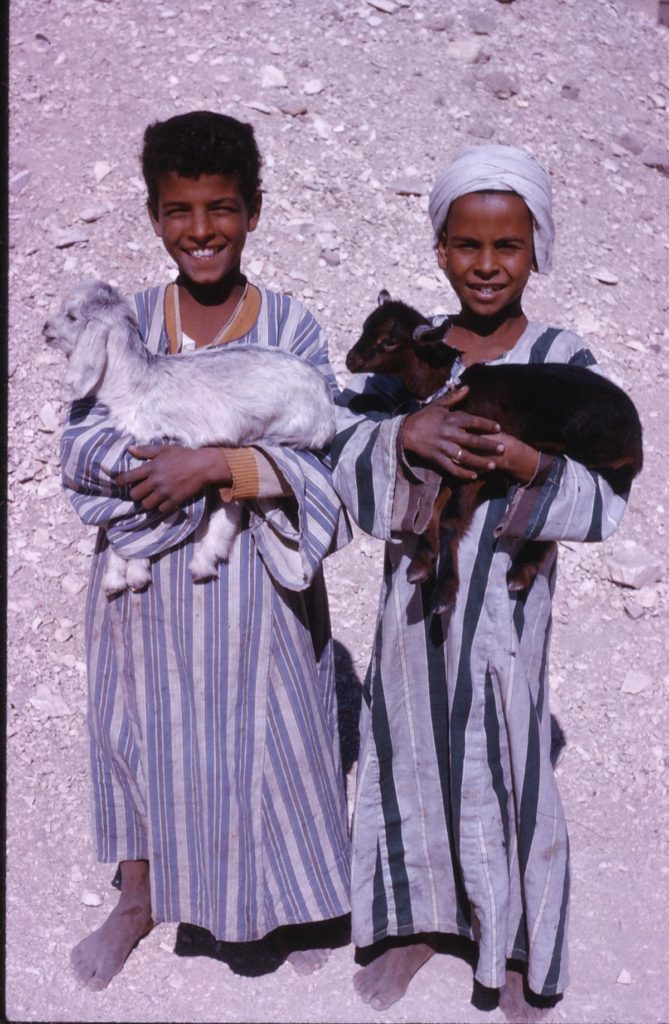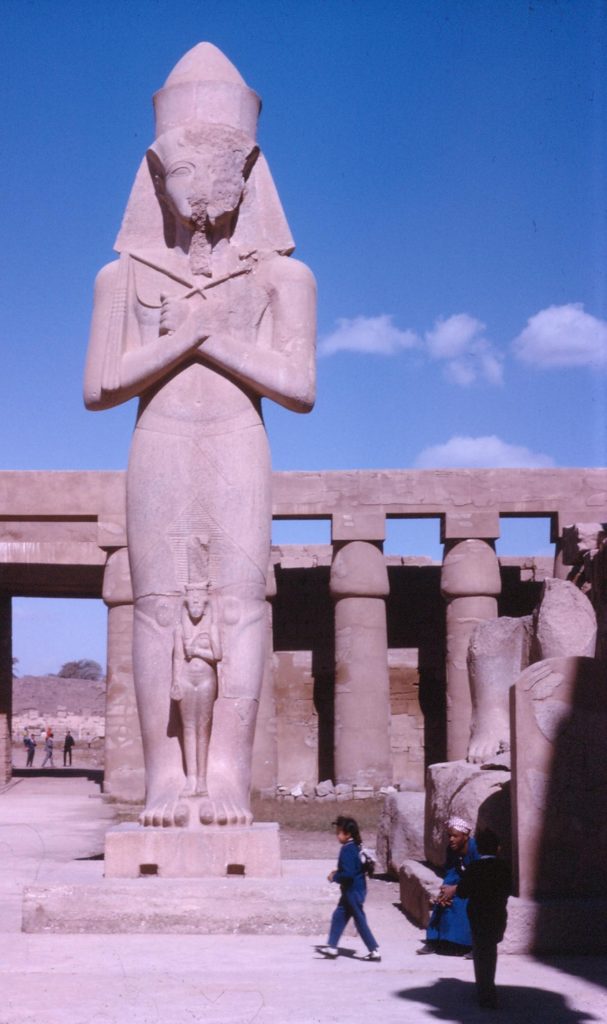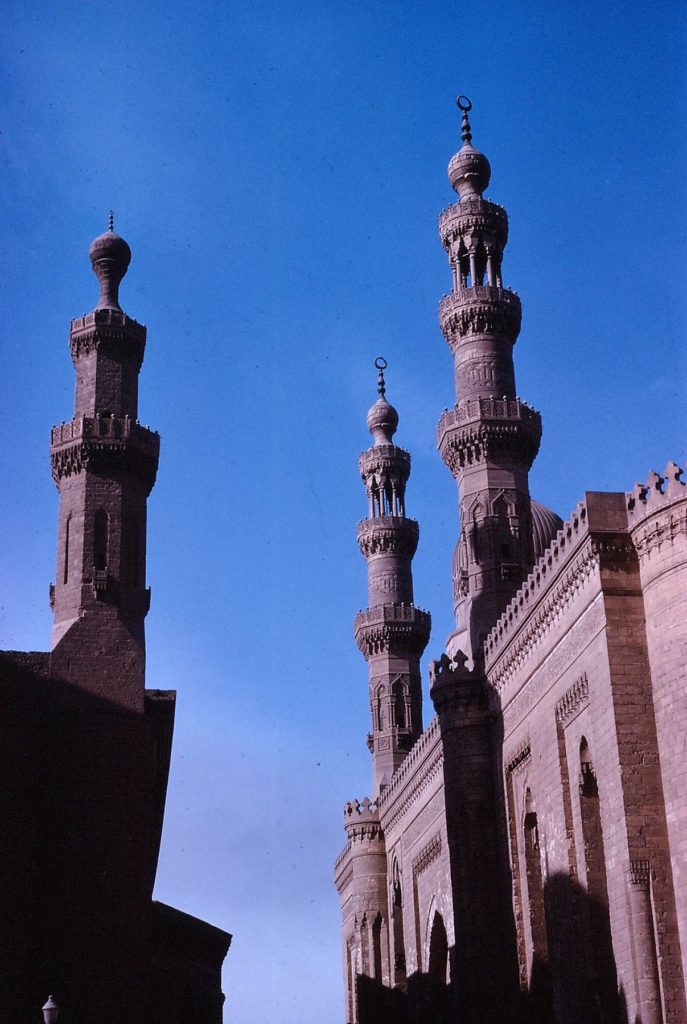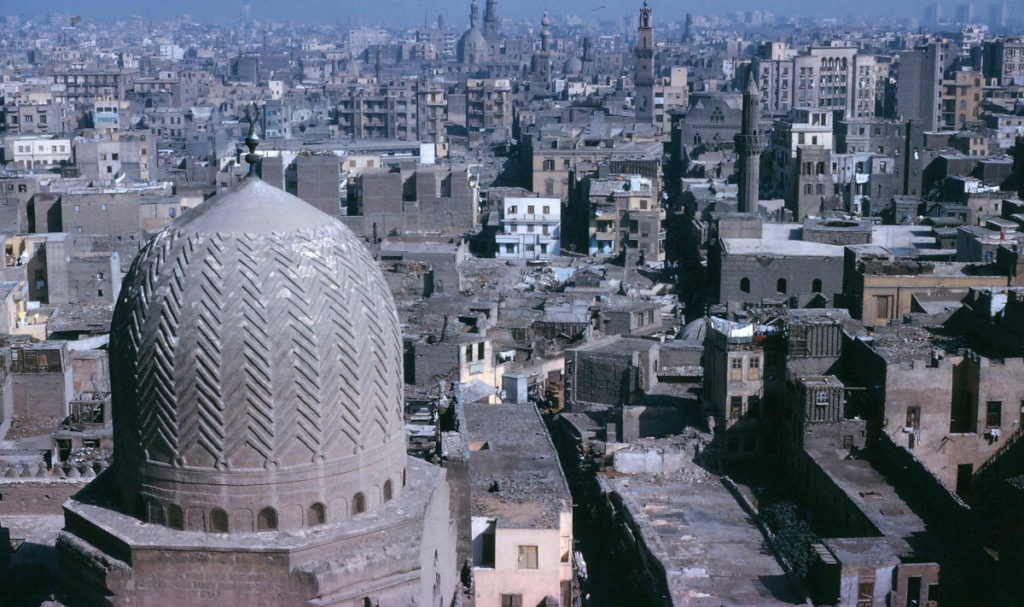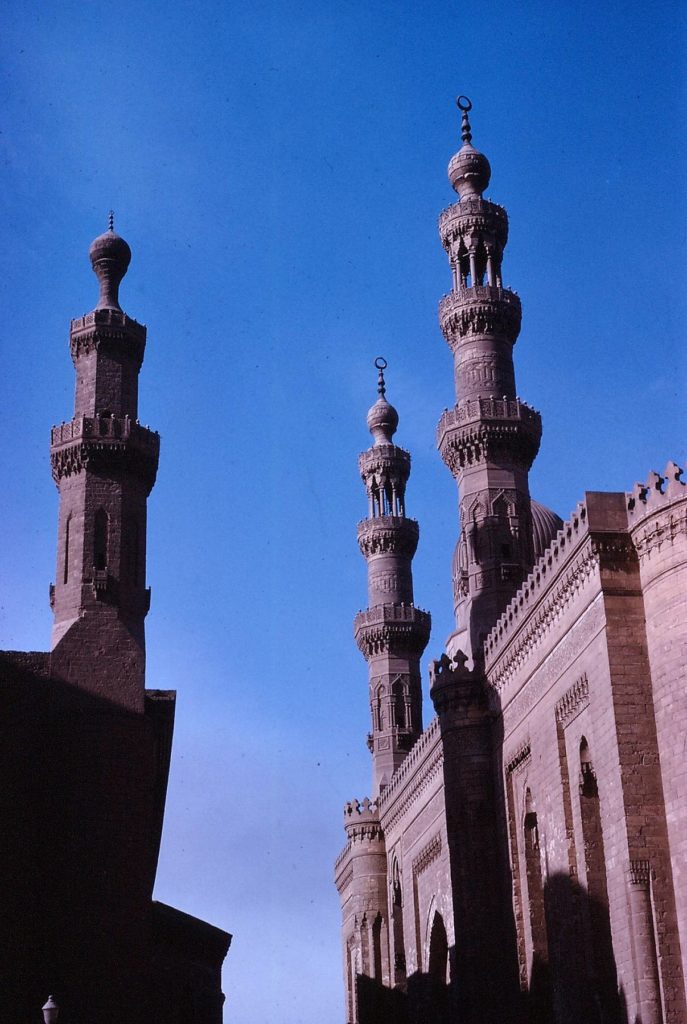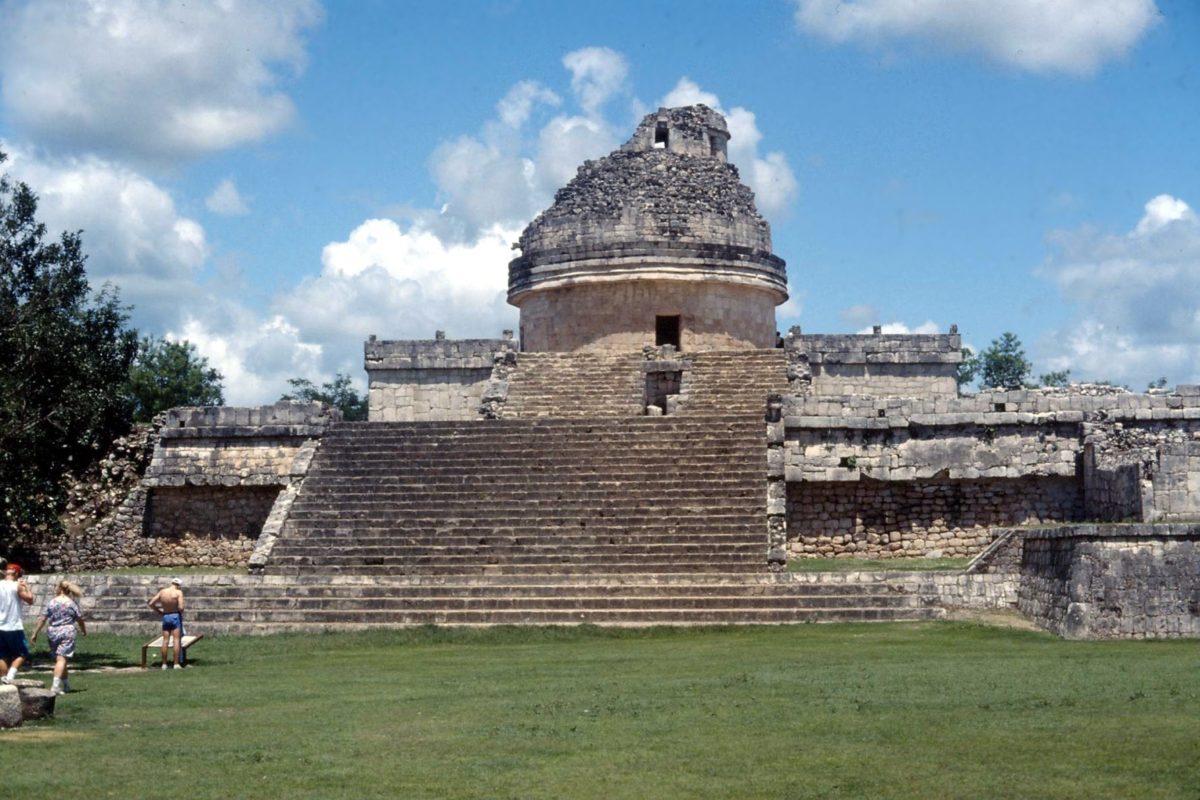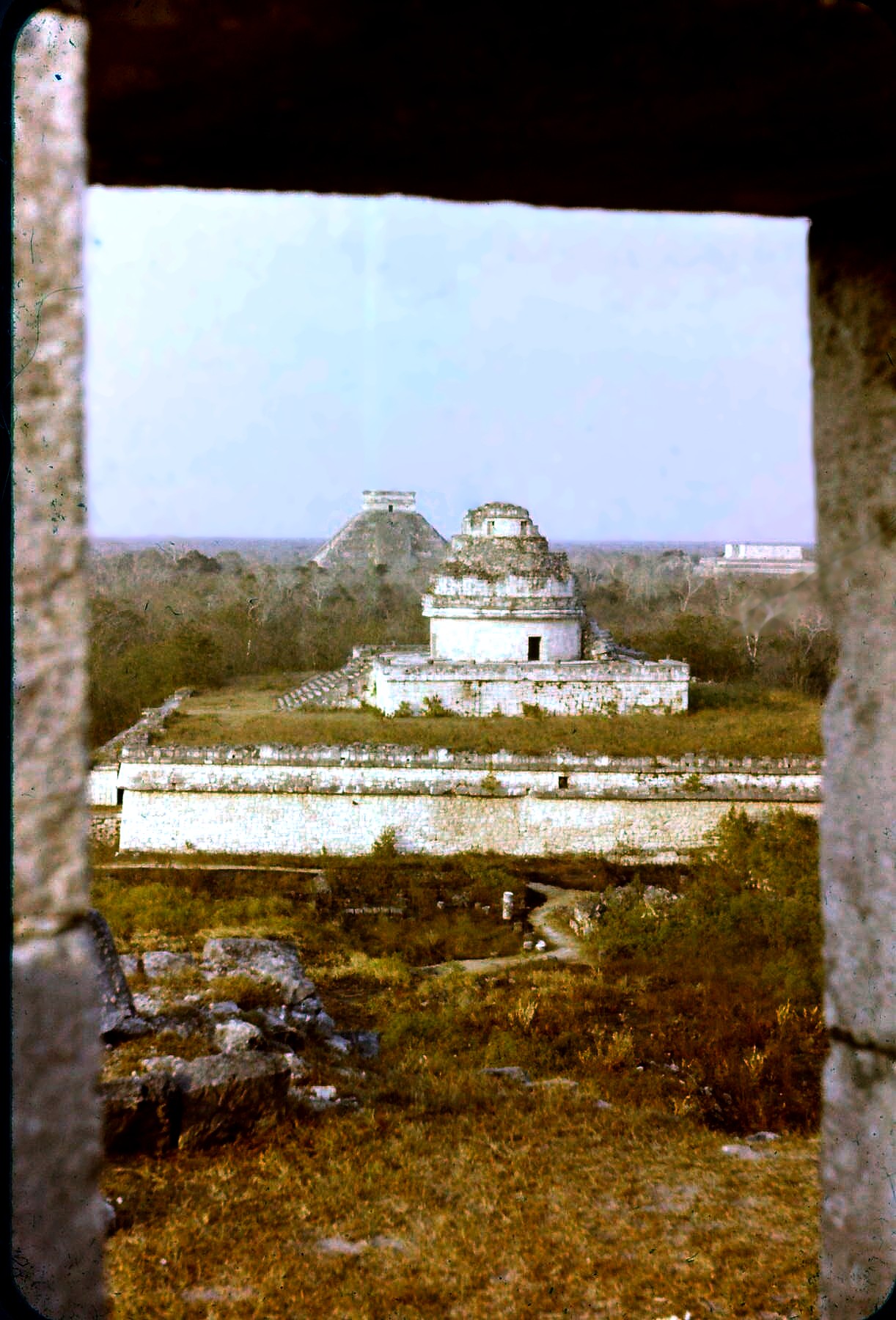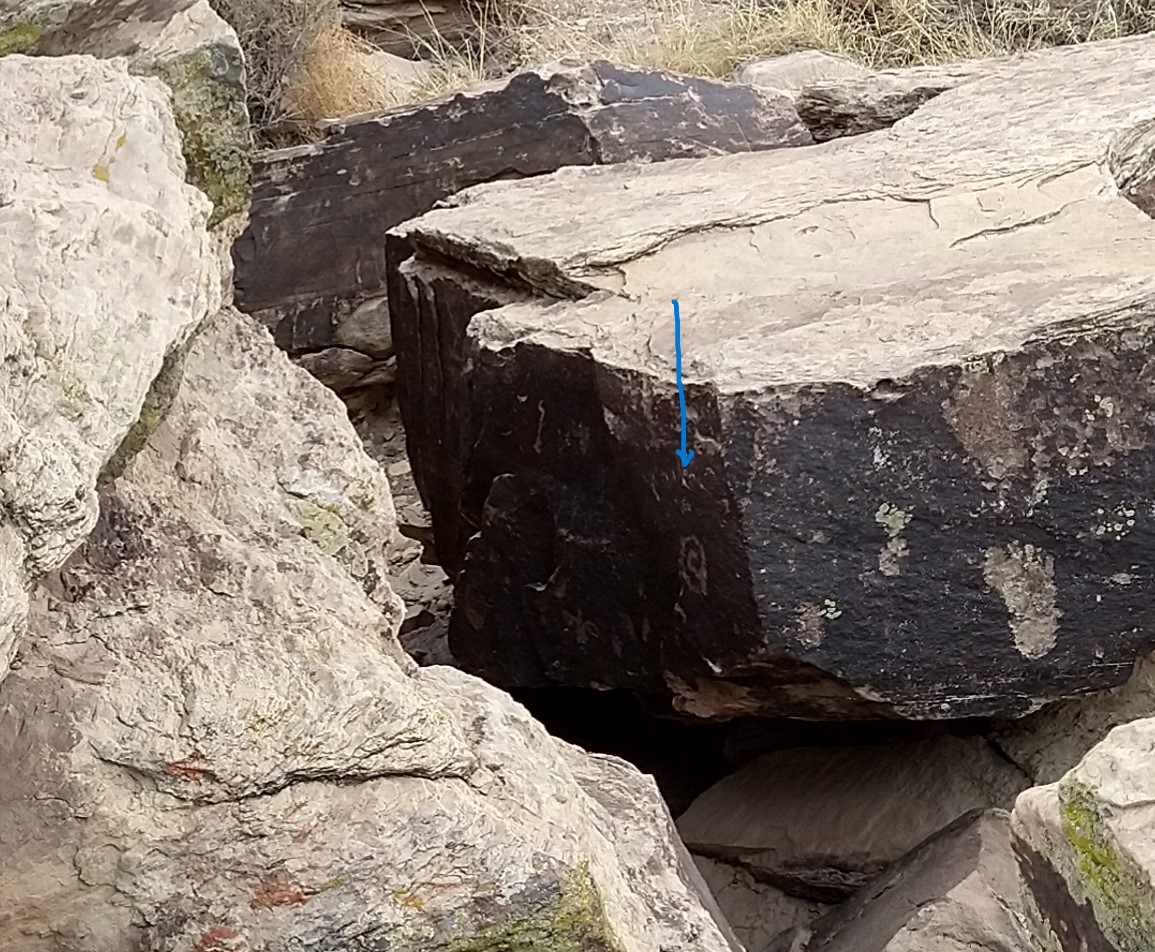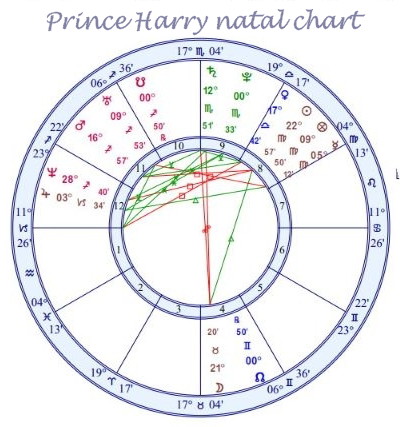We first visited Playa del Carmen in 1991 or 1992 on a stop toward the Tulum ruins and points south. Playa del Carmen at that time had sand streets, a few one story small hotels near the beach, and a sign advertising a not yet built development called Playacar. The ferry to Cozumel was the draw that brought most visitors, as Playa’s population was very small.

We were surprised by the well-developed city we found here when we returned in 2021. We stayed several weeks while we considered making our home here. But we wanted to see a little more of Mexico before deciding.
In January, 2022, we left Playa to travel more around Mexico. We stayed from days to several months in various Mexican cities.
When we returned this past spring, we leased a newer condo with a great pool and a view from the roof. After our lease expired we moved to a bigger and older condo two blocks from the beach and two blocks from 5th Avenue. I am really happy to be close to 5th Avenue, a walking street, where pedestrians rule!
5th Avenue
5th Avenue is a walking street in the tourist area of Playa del Carmen. It’s lined with restaurants, bars and shops selling clothing, handcrafts and more. I suspect that lots of the handcrafts are mass produced in China. In any case, the shops are eye catching. Live entertainment in many of the restaurants and bars as well as street performers in exotic looking costumes capture or assault the senses. I love walking streets and 5th Avenue doesn’t disappoint.

Running parallel to the beach, 5th Avenue extends for about five kilometers, with the action becoming quieter as the street extends further from the center of town. On the beach itself, there are often public events. Crystal bowl, copal, and meditation ceremonies at the new and full moon attract many visitors.
We swim when the water is calm and beautifully clear.
The Beaches
I often walk to the beach at dawn, which is a common activity for people who live here. At that hour, a quiet vibe prevails, unlike later on in the day when the beach is crowded with sunbathers, vendors, swimmers and music. Early in the morning, some take pictures as the golden orb crests above the clouded horizon, others sit to welcome the sun in meditation, while others begin their morning swim.

Sandwiched between the mornings spent at the ocean and the evening visits to the beach or 5th Avenue, the rest of the day here is usually uneventful for us. We haven’t found a native market, but there are supermarkets, where we get just about everything we need, and smaller produce markets.
Getting Around
Our new neighborhood is in a pricey taxi district, so we usually walk to a different zone if we need to take a taxi to somewhere further away.
When we want to go outside of Playa, Robert rents a car. We’ve so far visited several of the archaeological sites on the Yucatan Peninsula. We have plans to visit more.
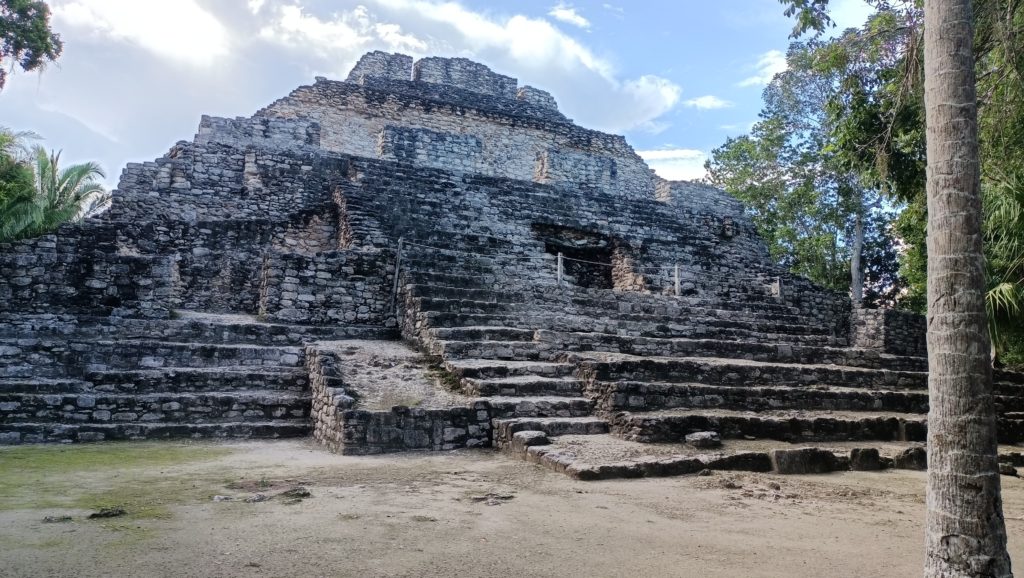
I Still Have Hobbies
Recently I decided that I wanted to sew or at least play around with sewing. I was able to find two used machines for sale that are identical to the ones that I left behind in California. I now lack nothing in the sewing department.
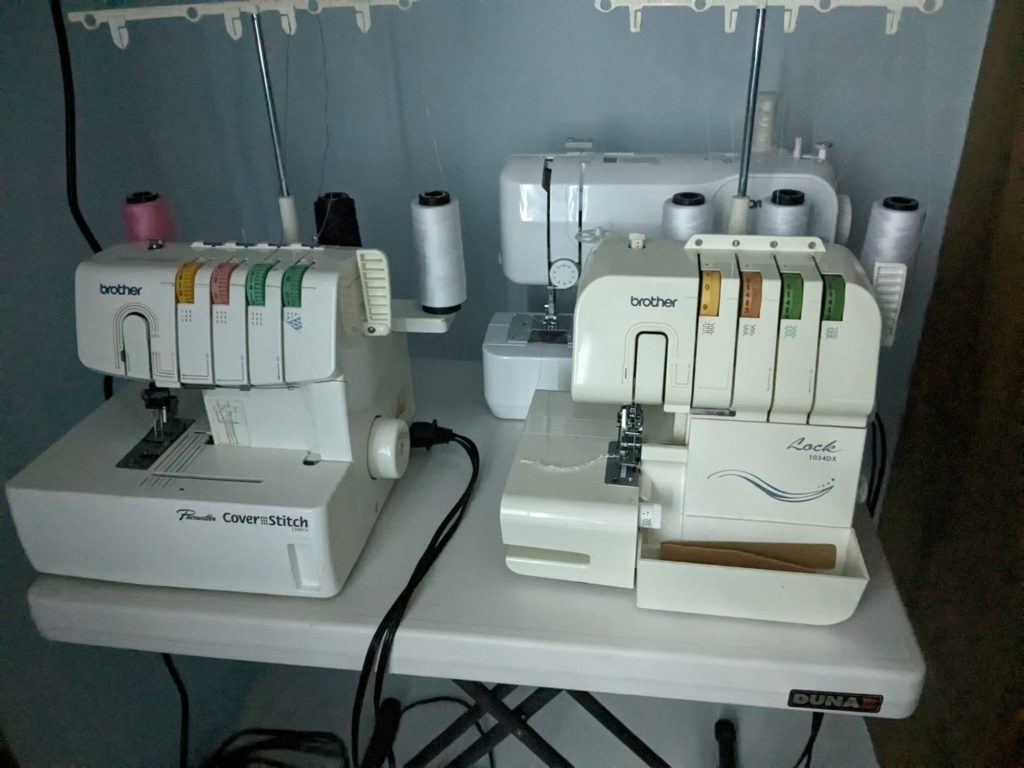
Buying the machines was interesting in itself, because both of the machines were located in the non-touristy area of Playa. It was kind of an adventure to go into the different neighborhoods. And it meant that I was finally learning enough Spanish that I could ask how the machine ran before I bought it.
